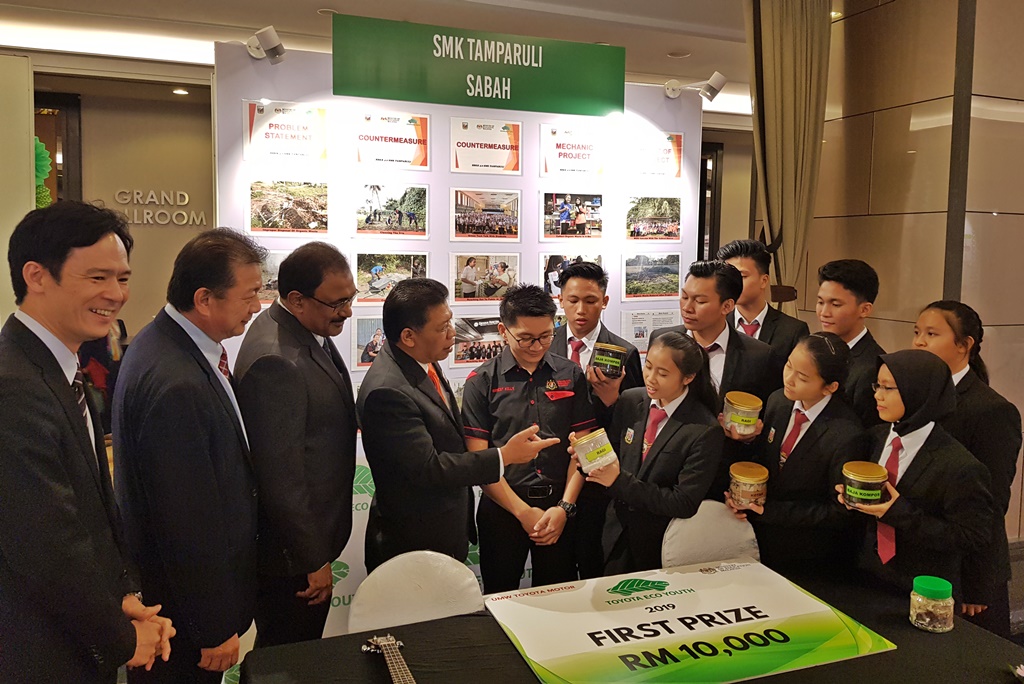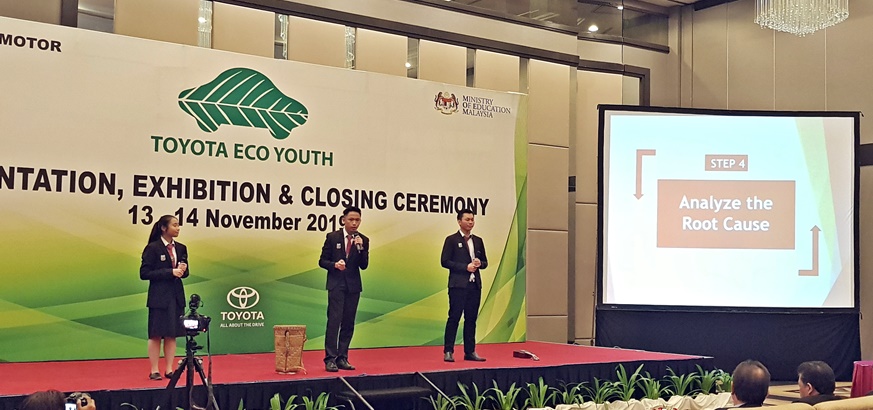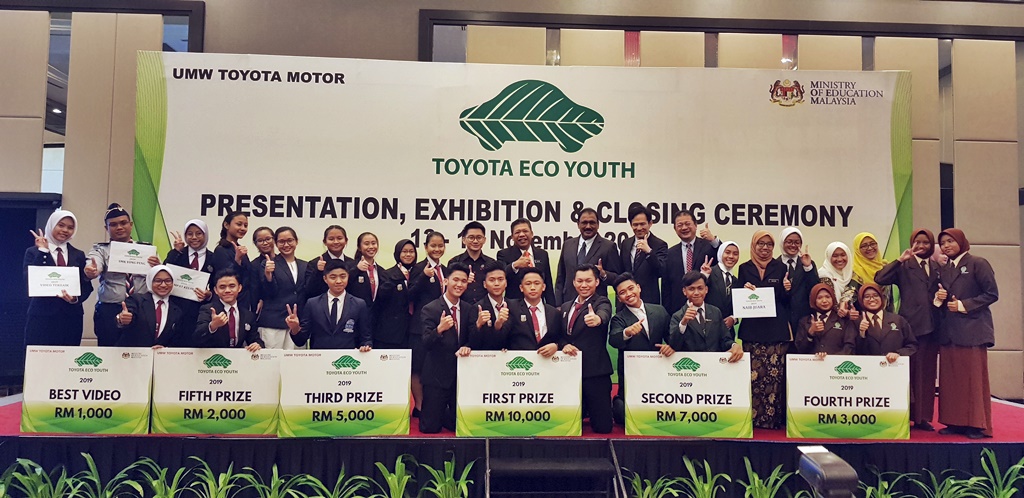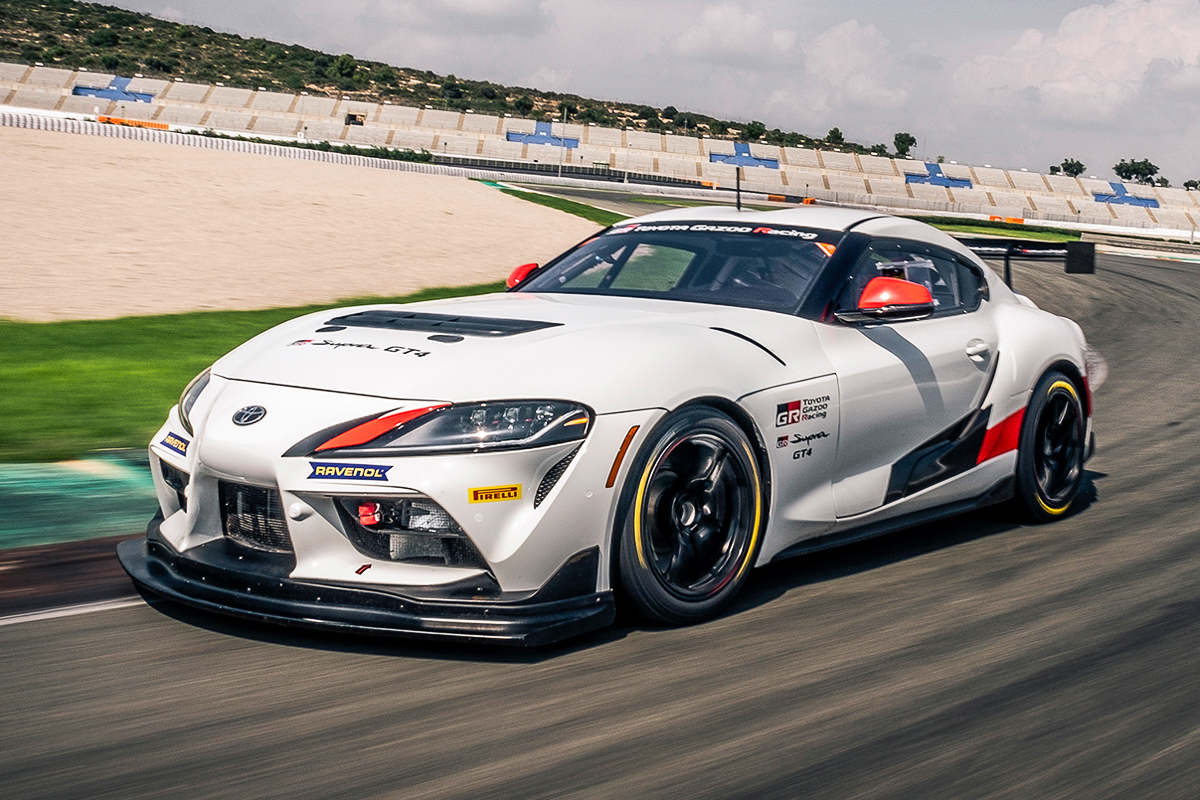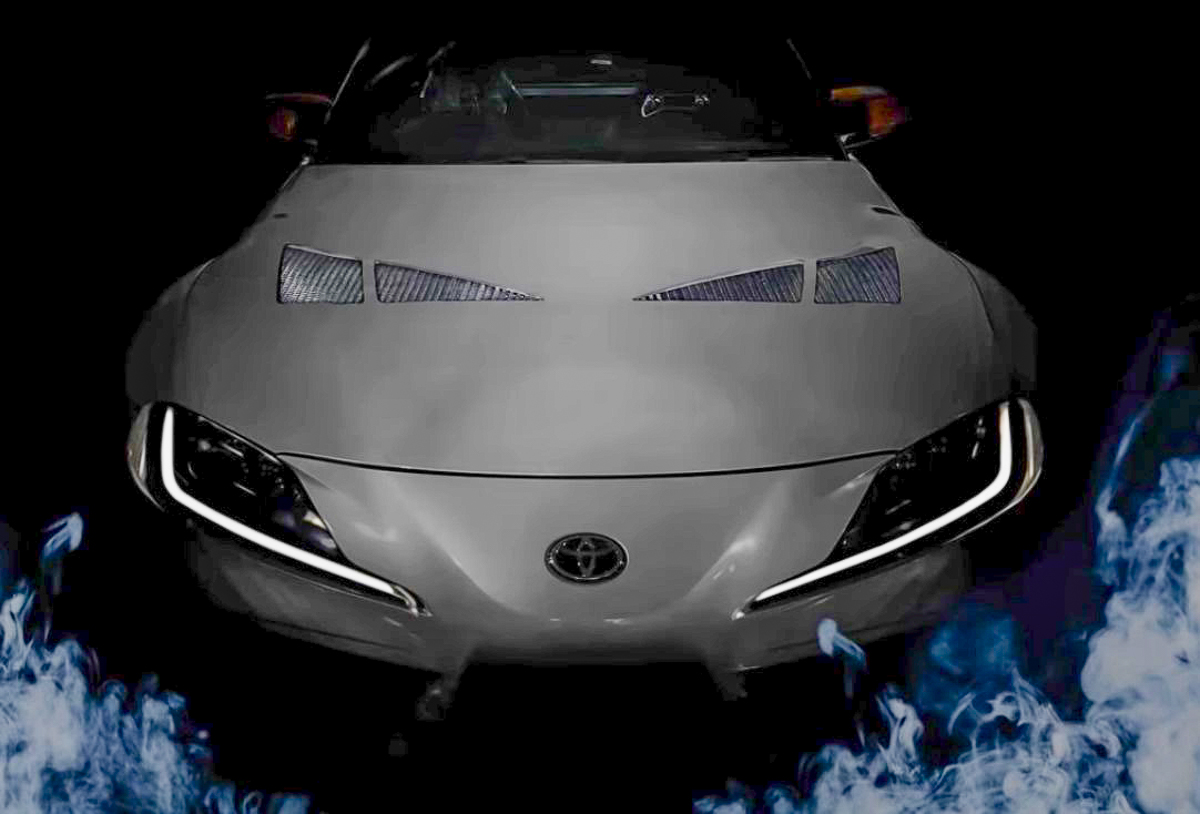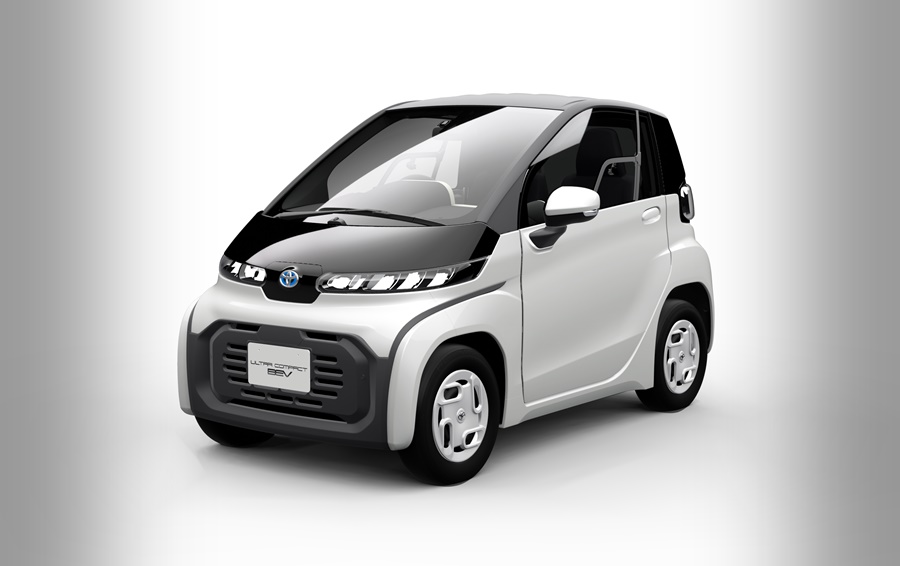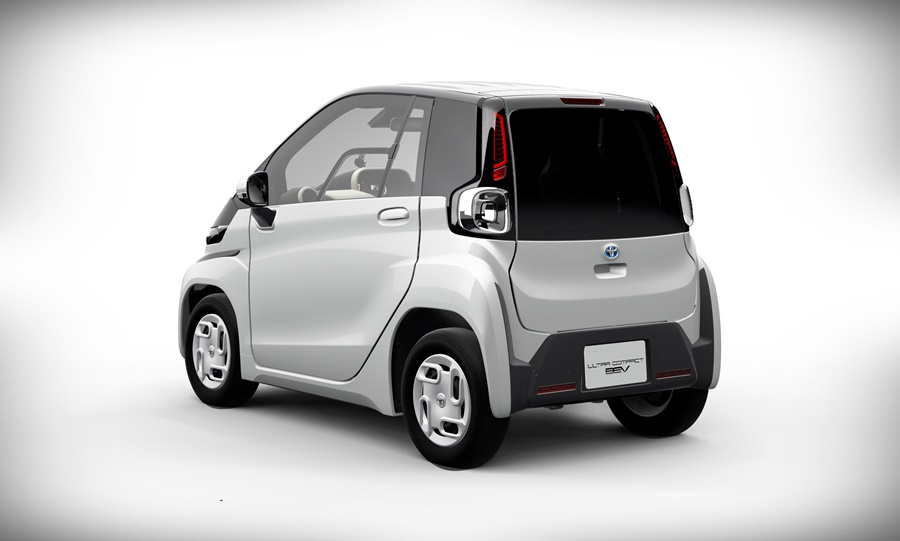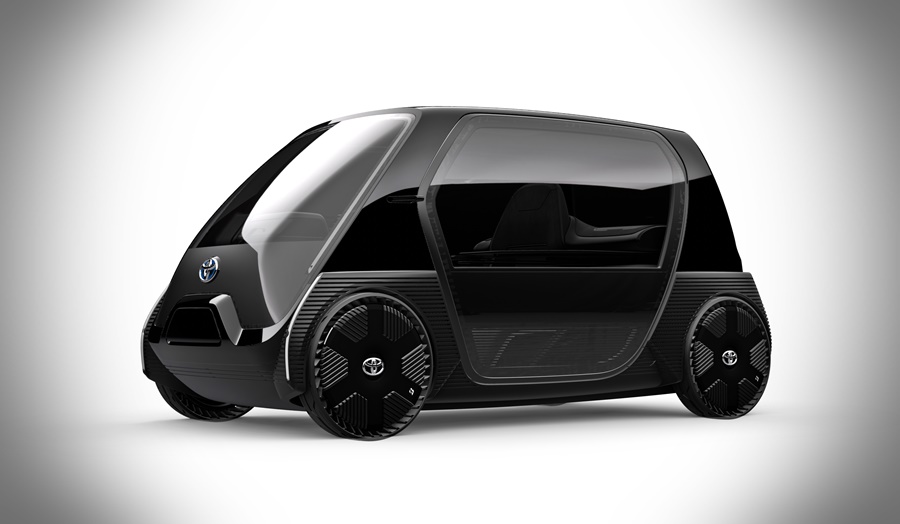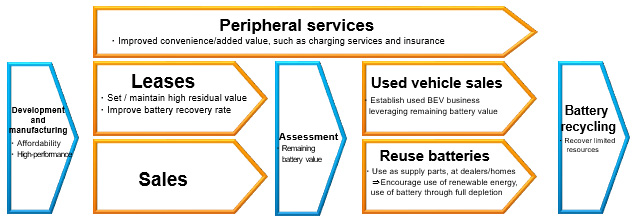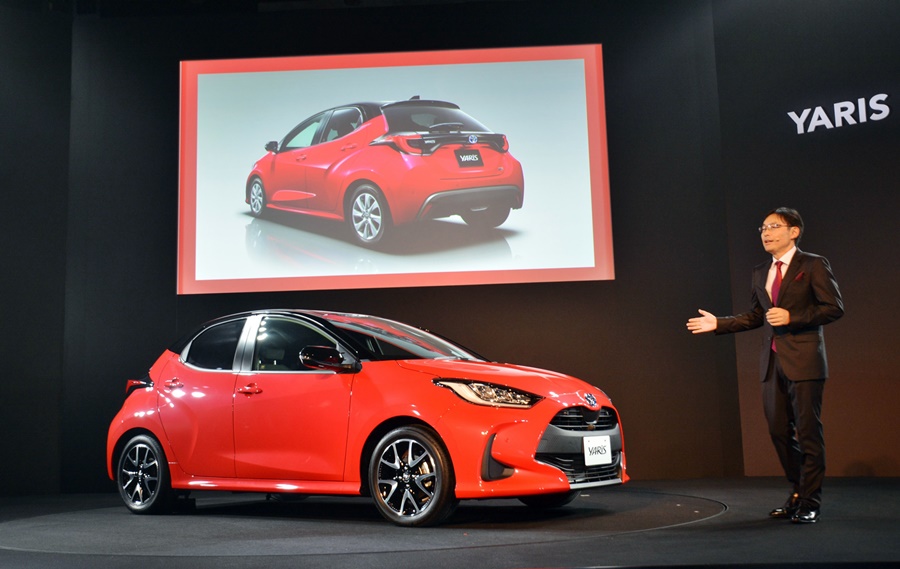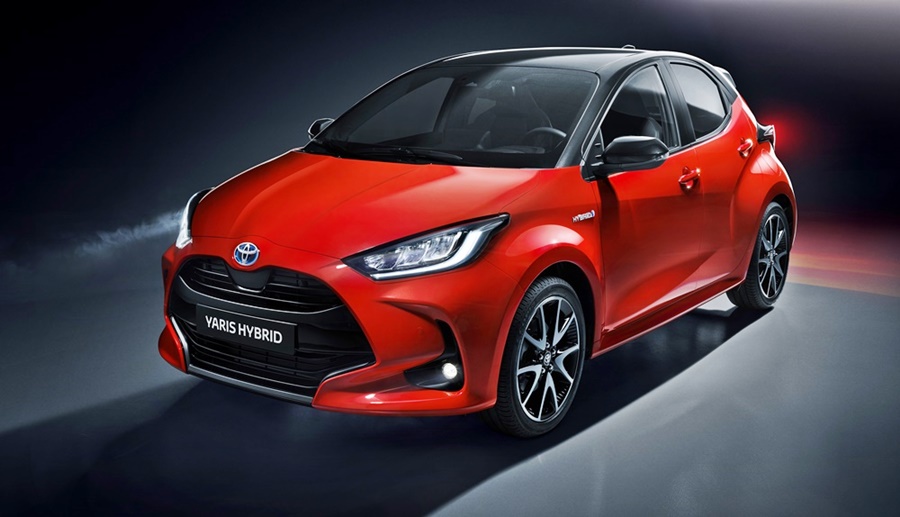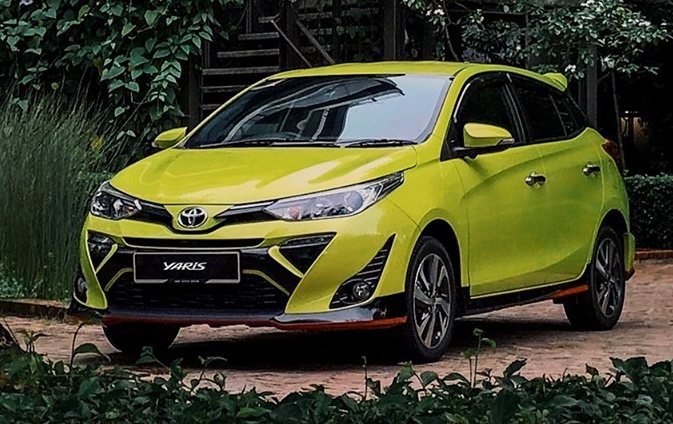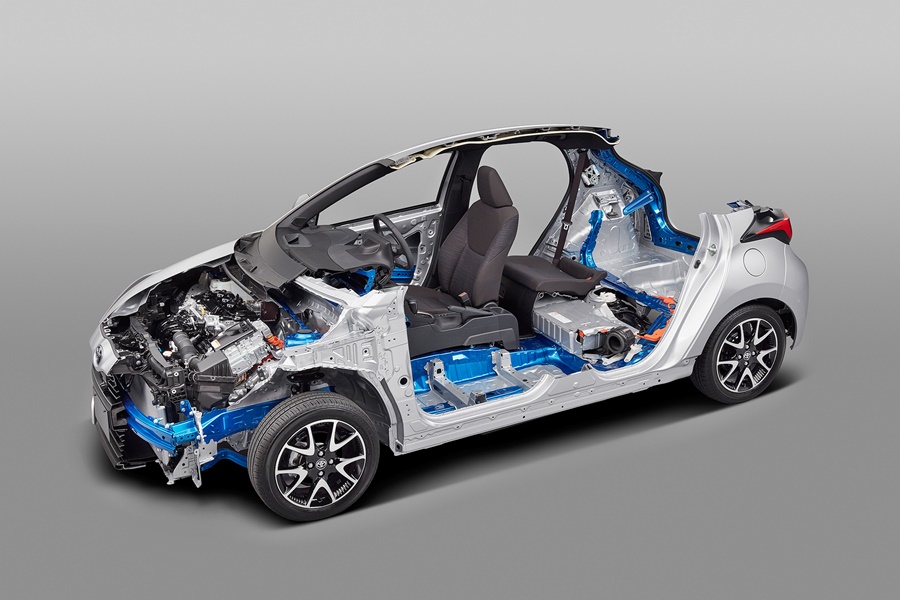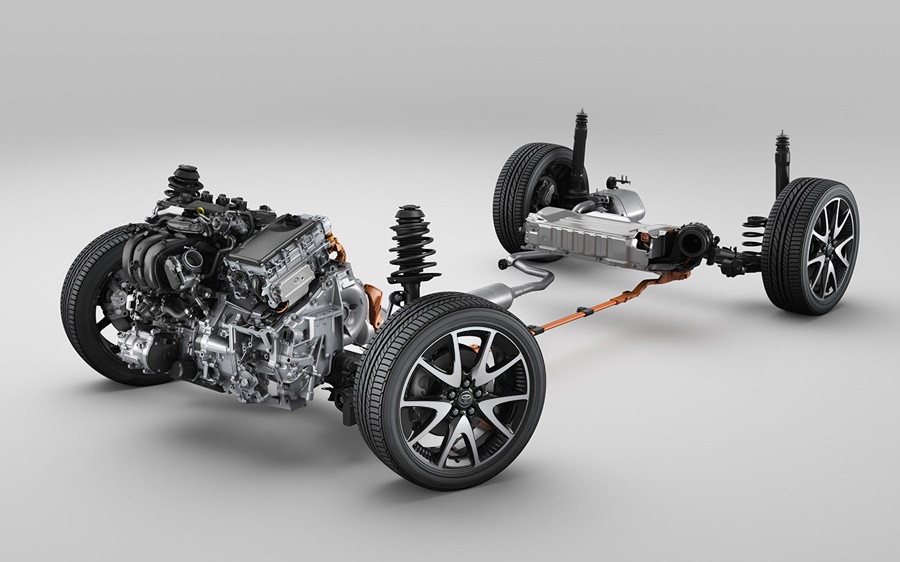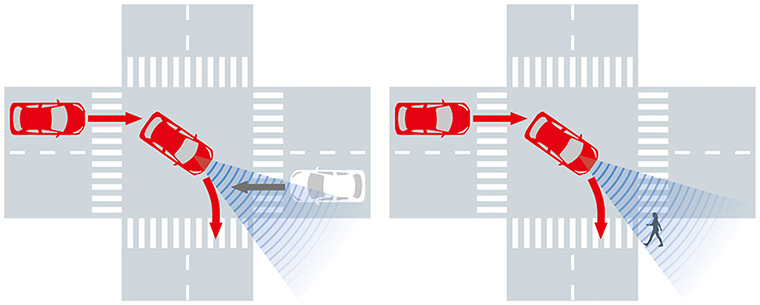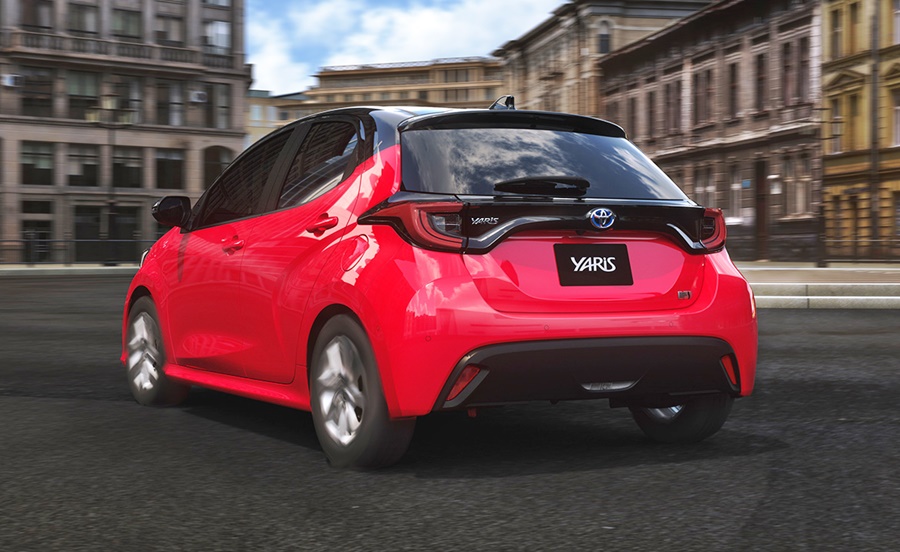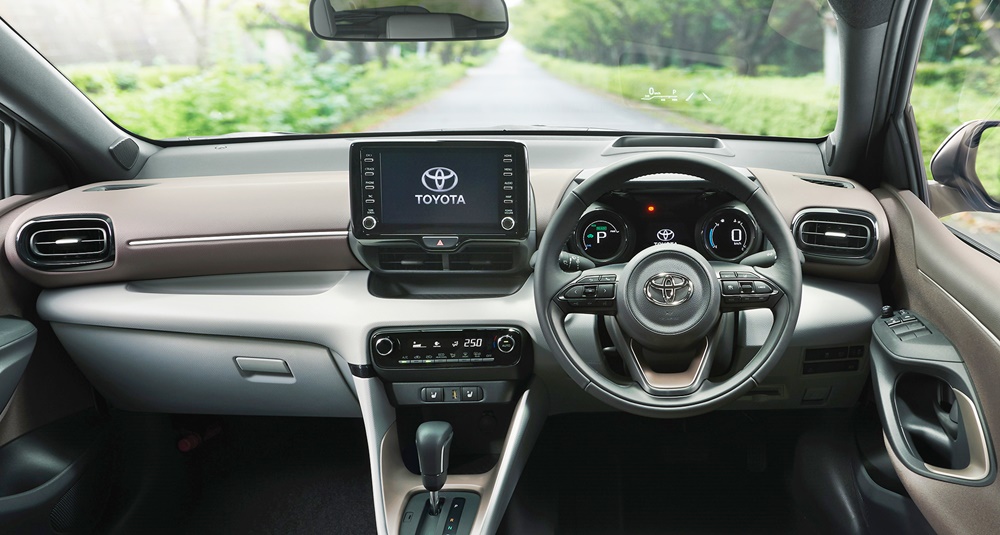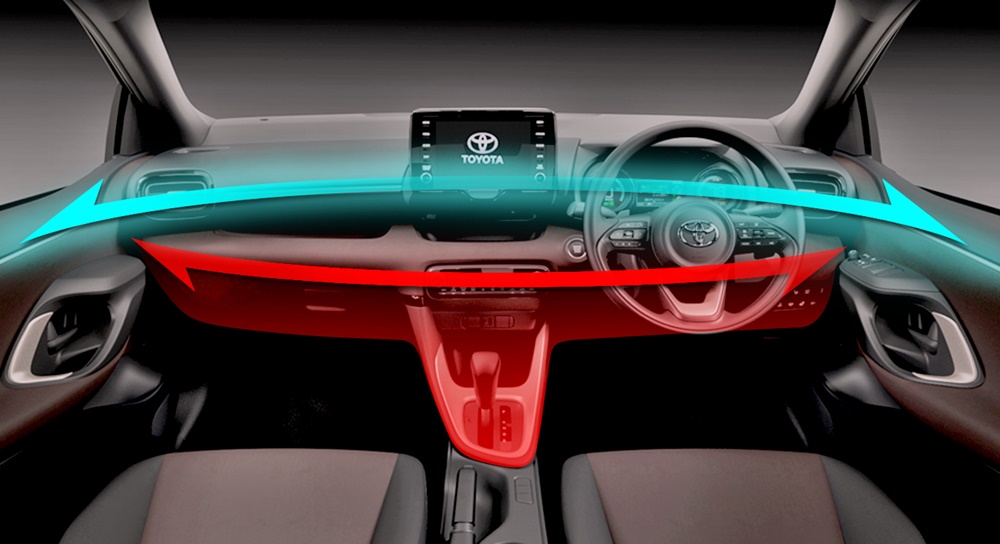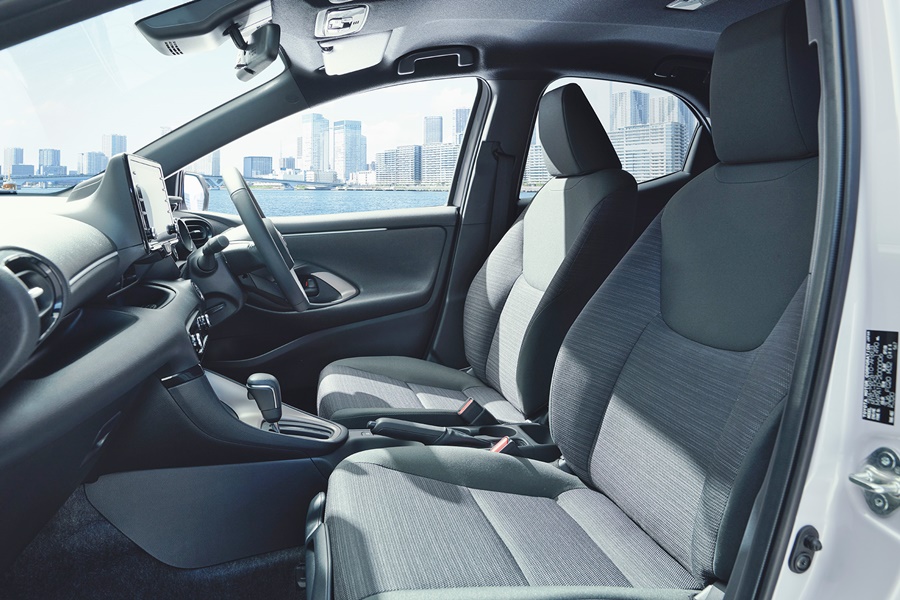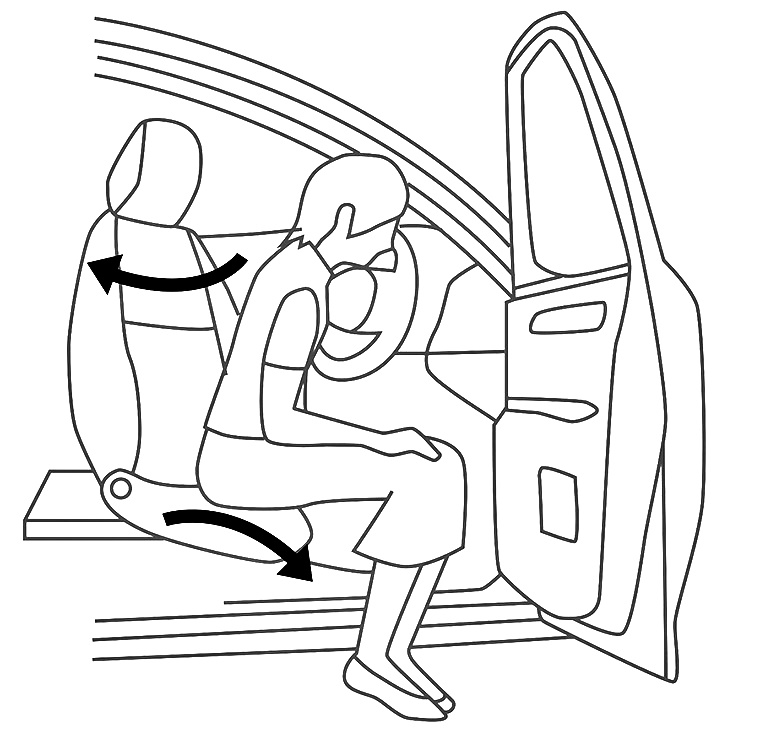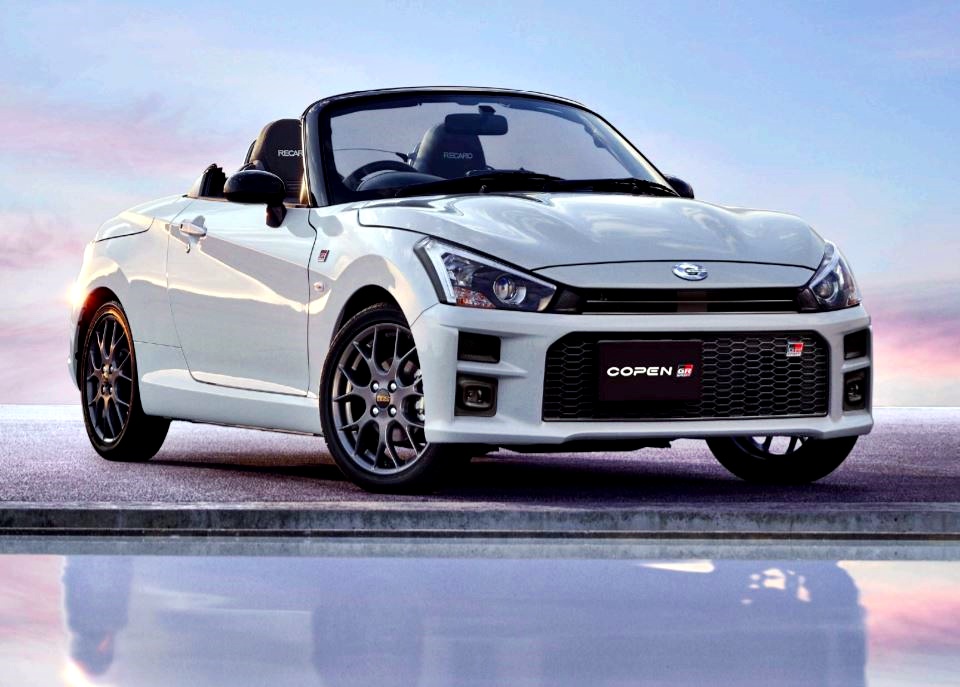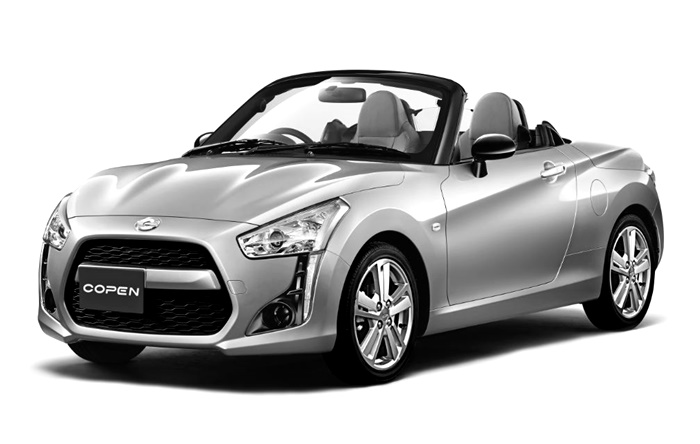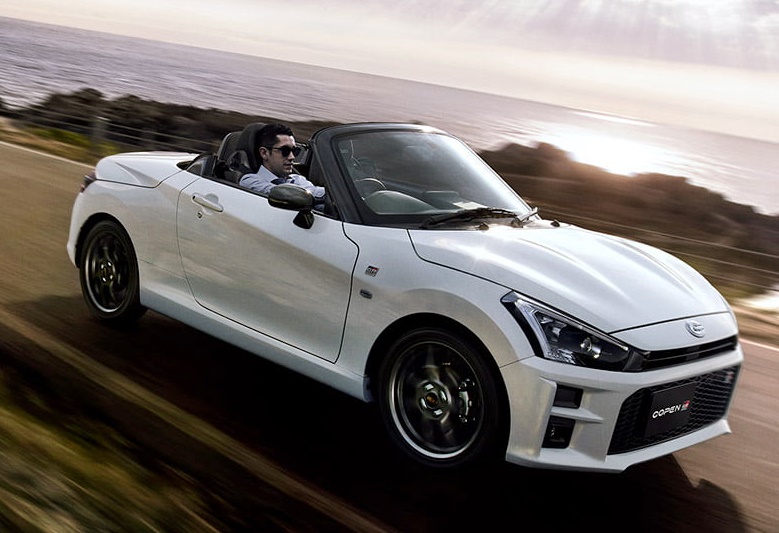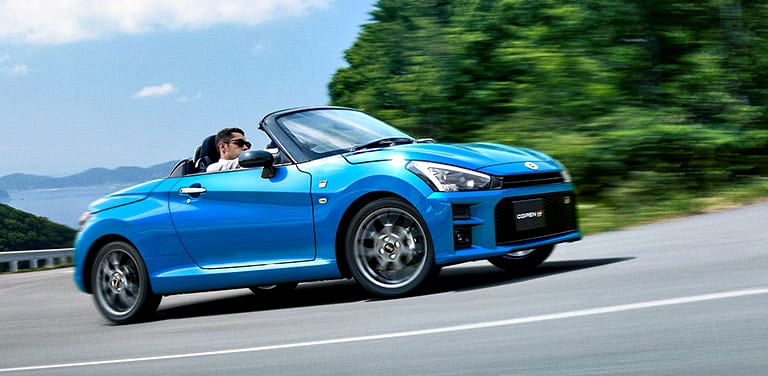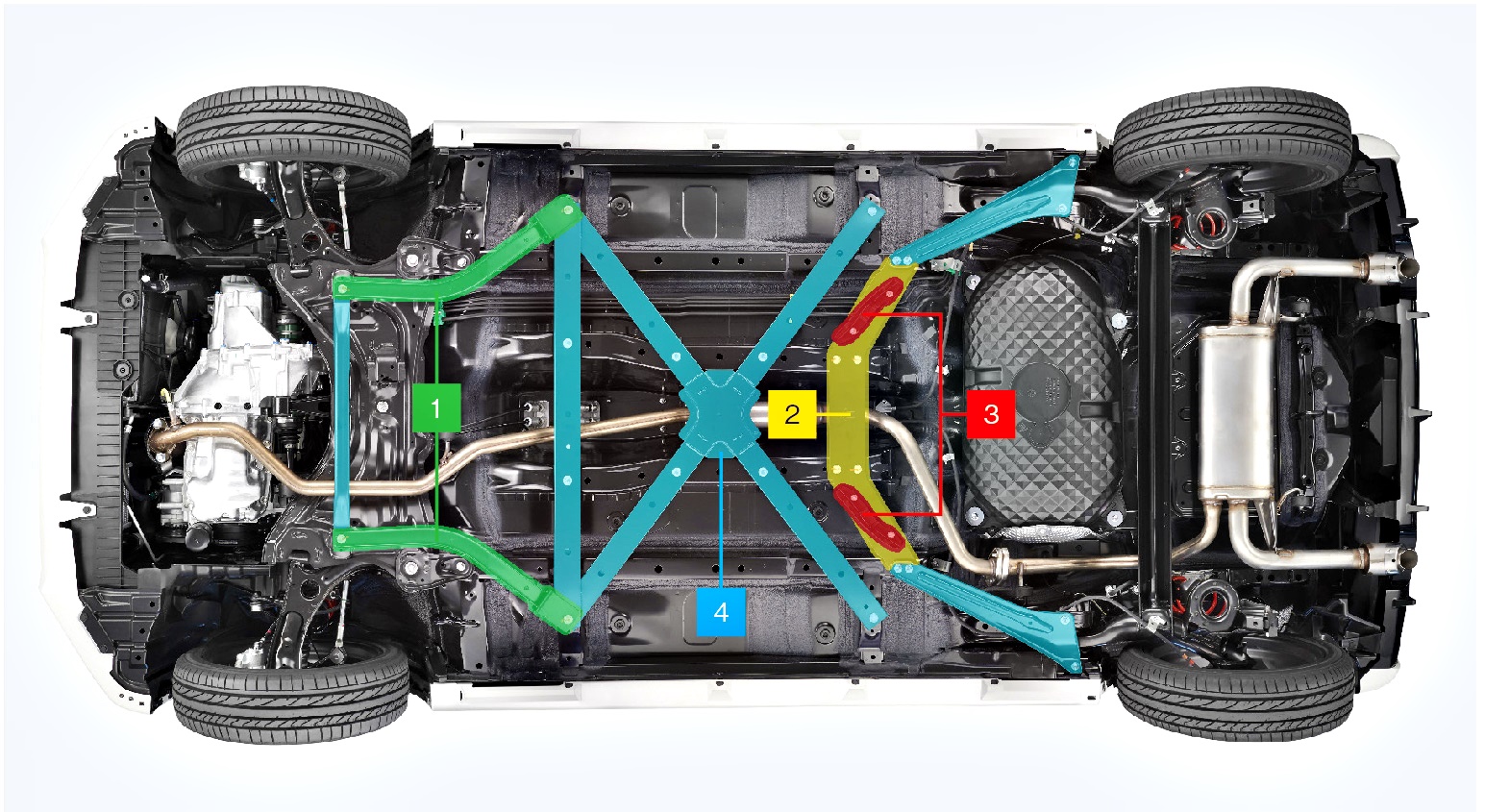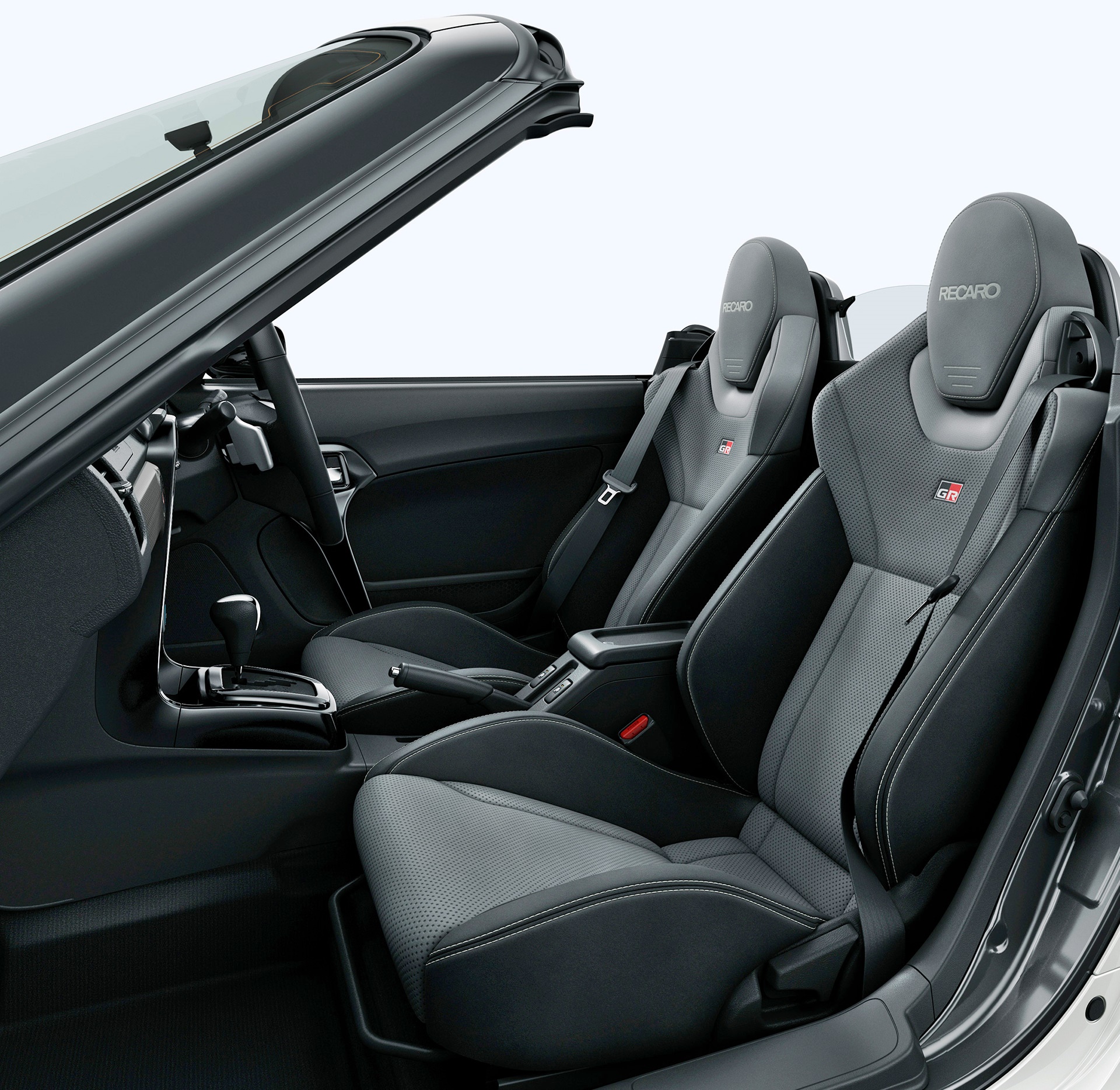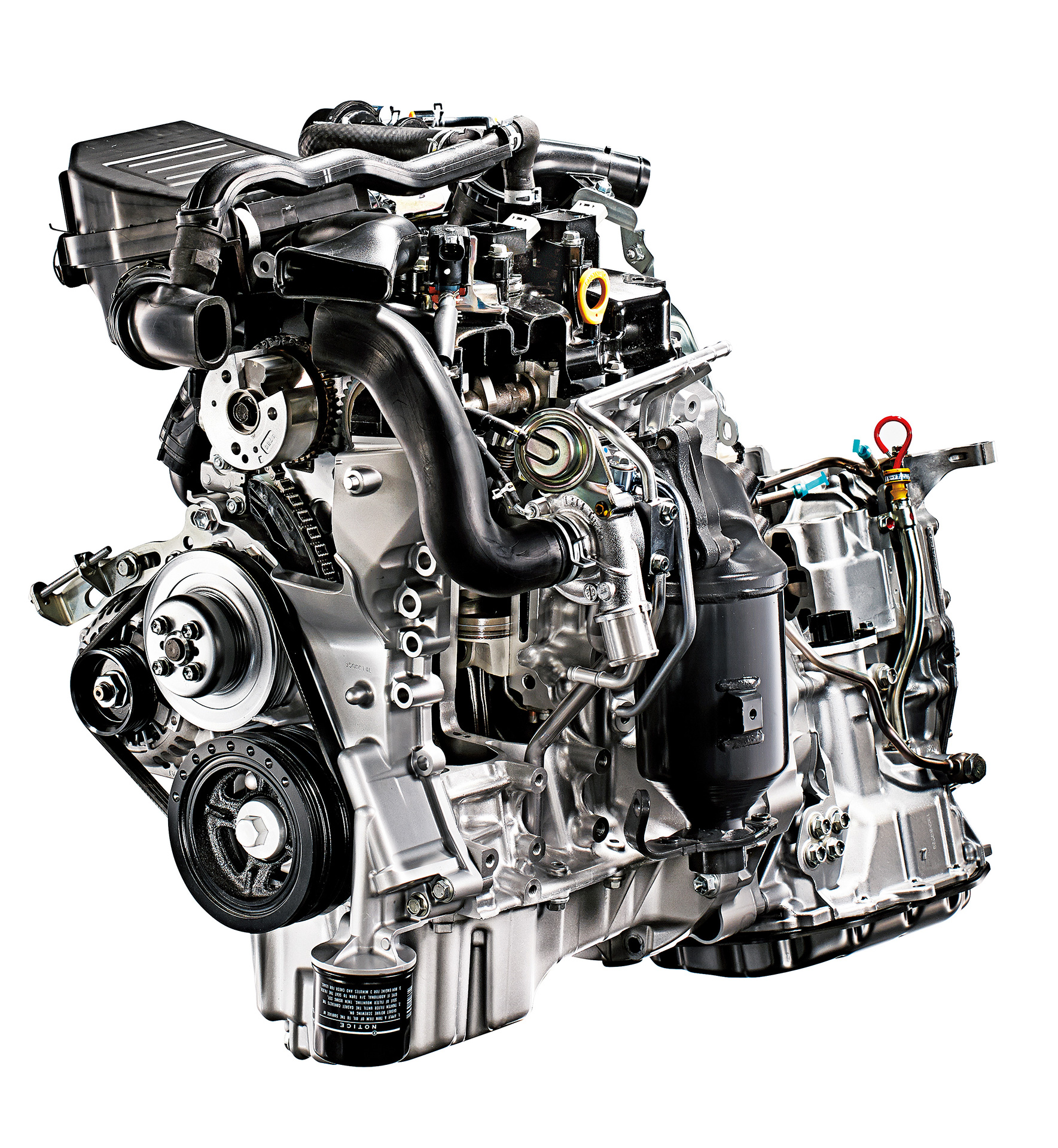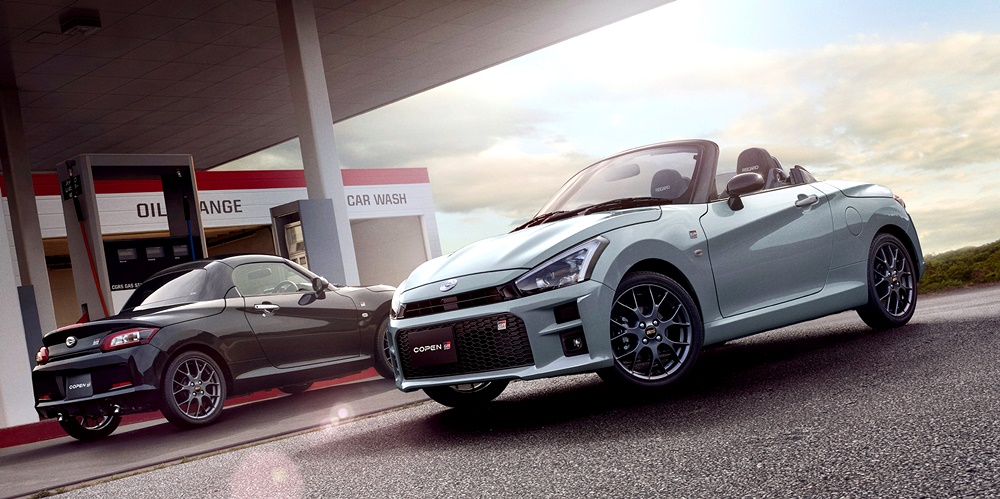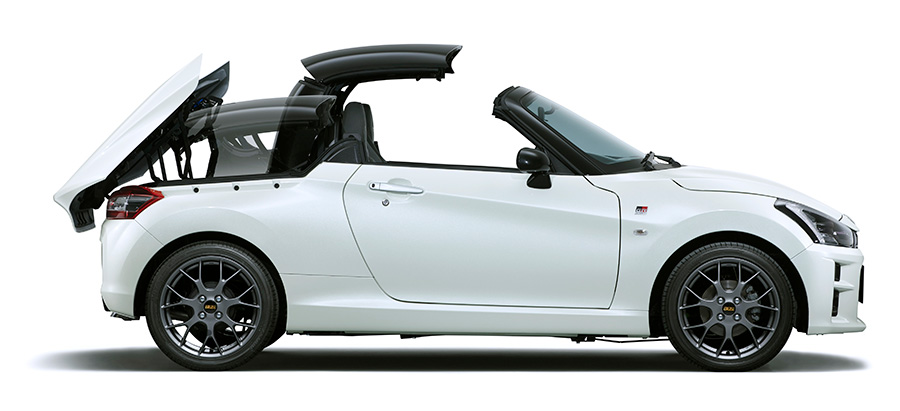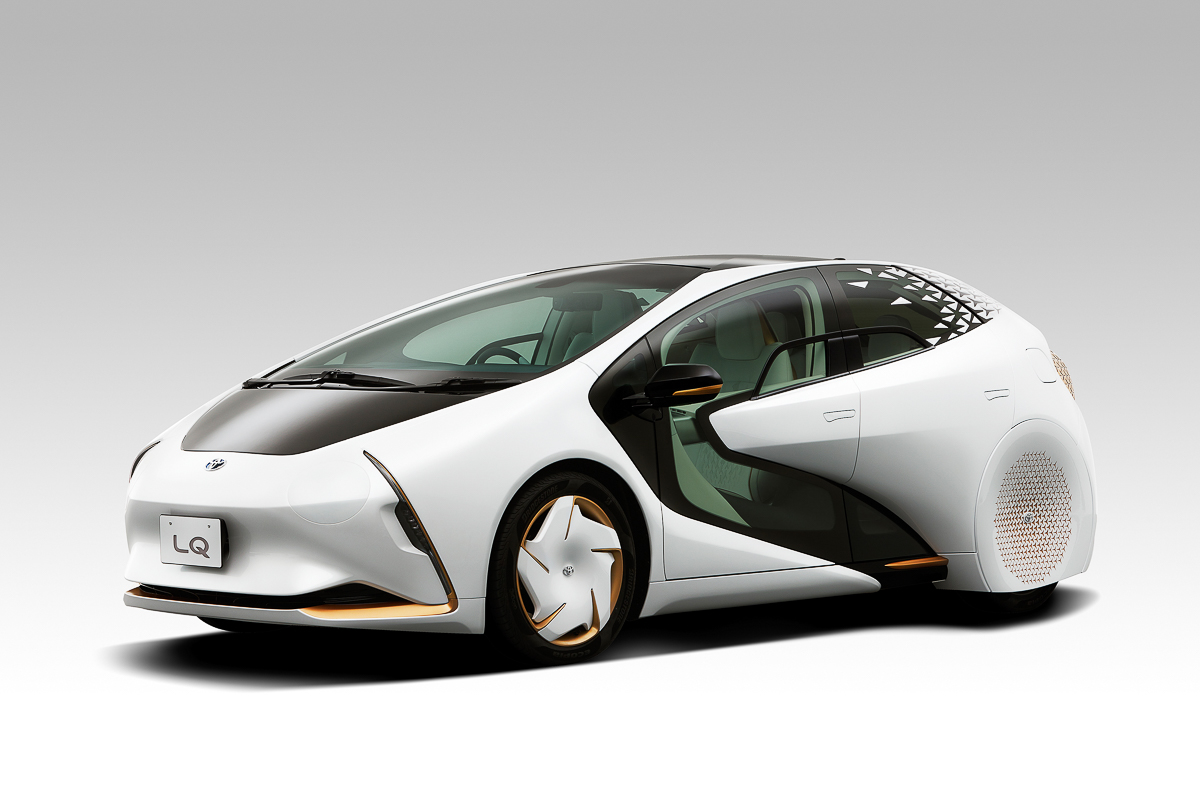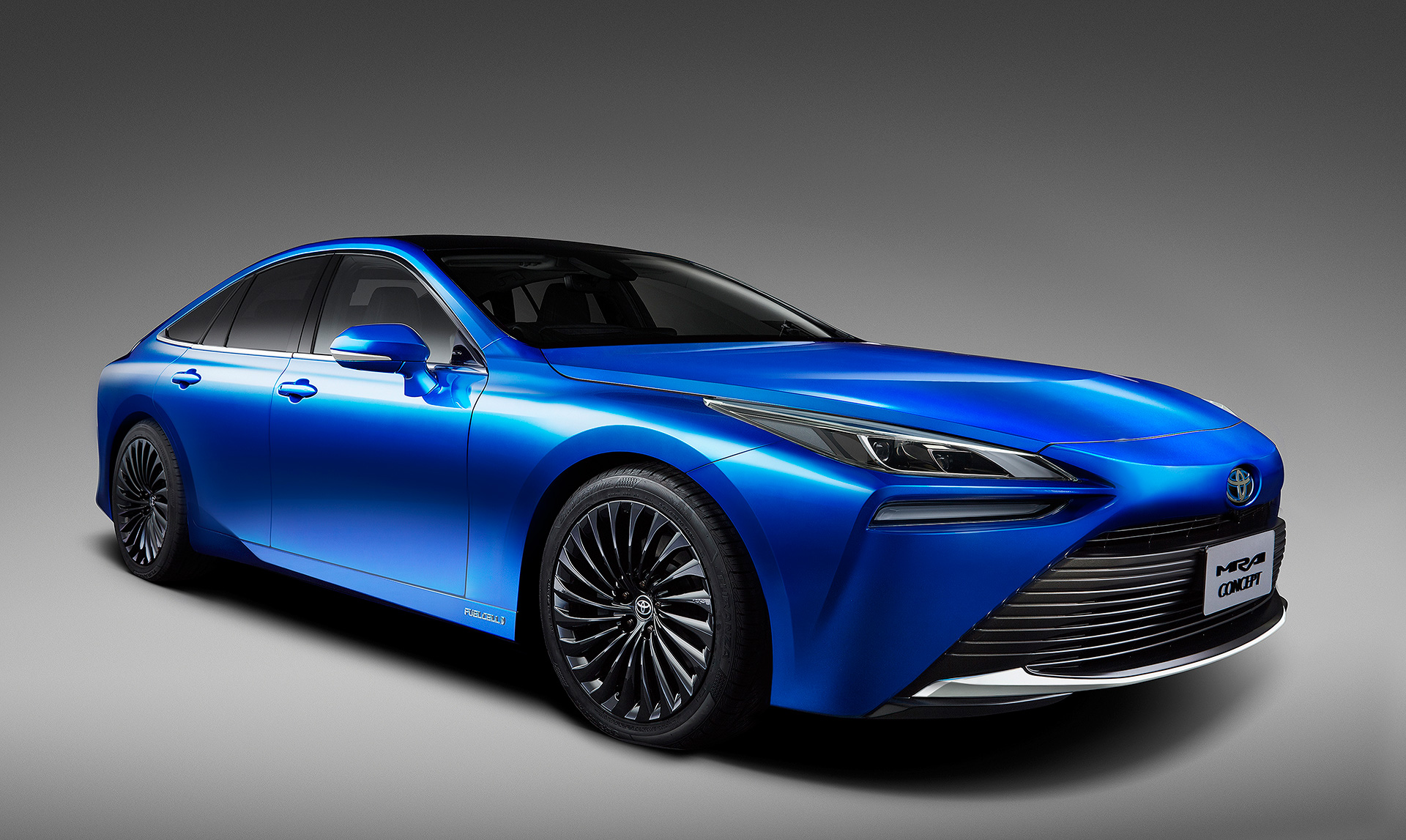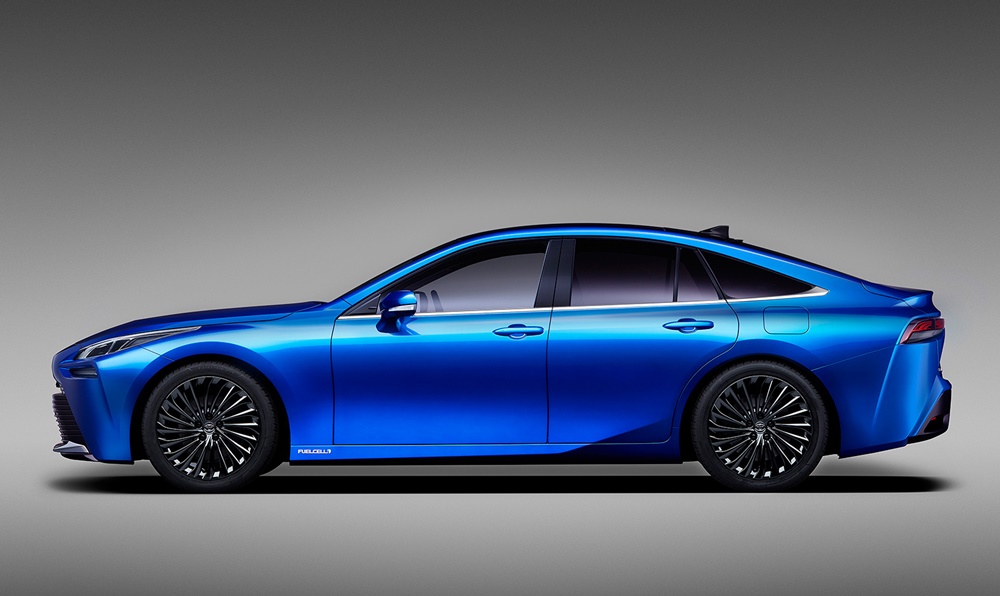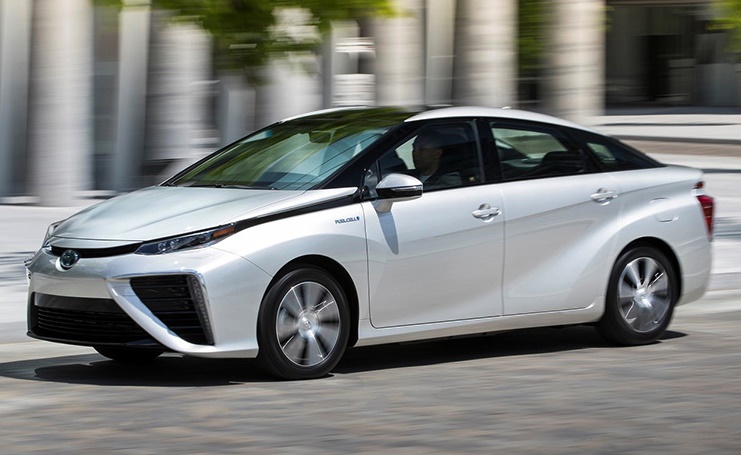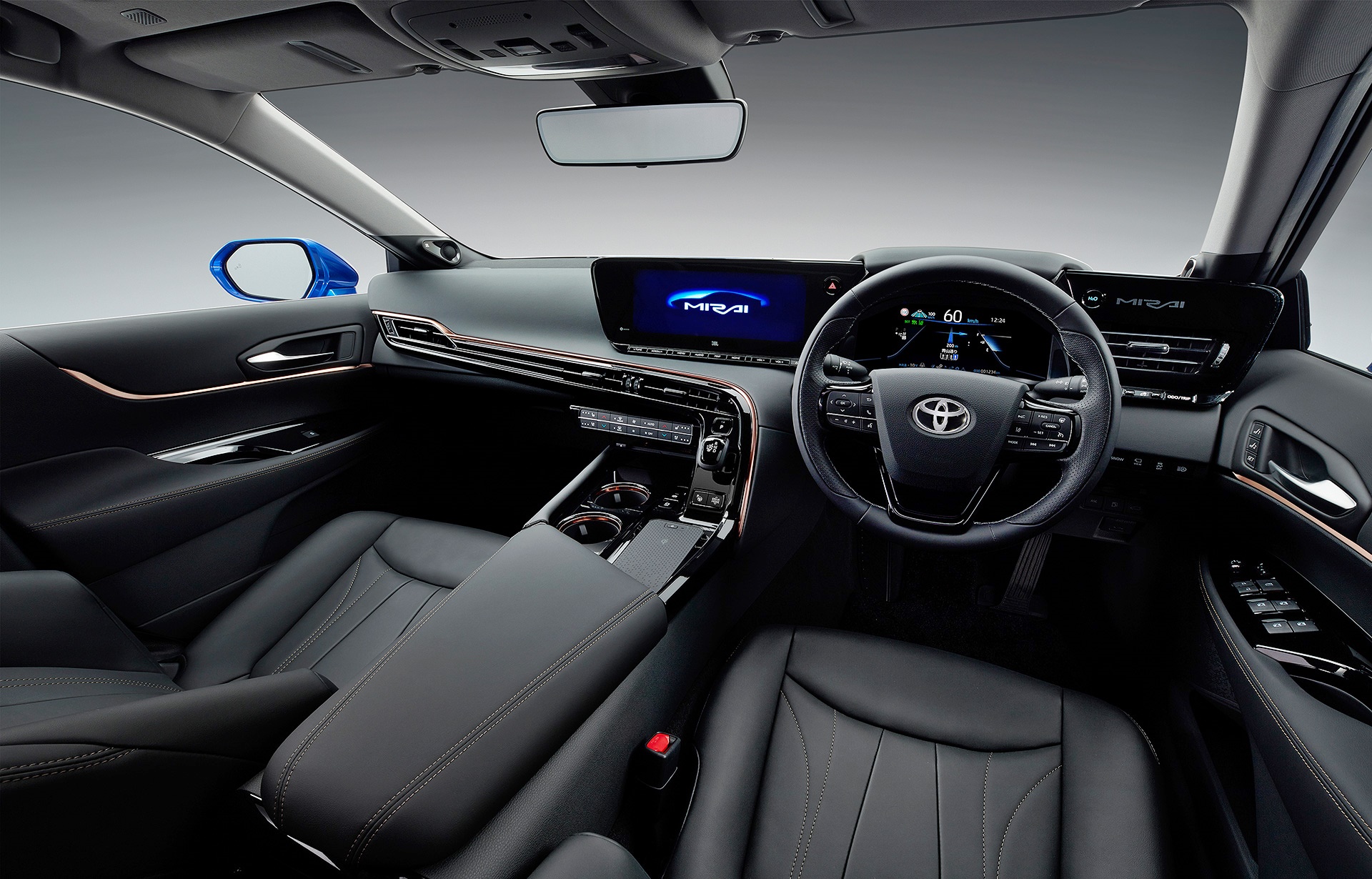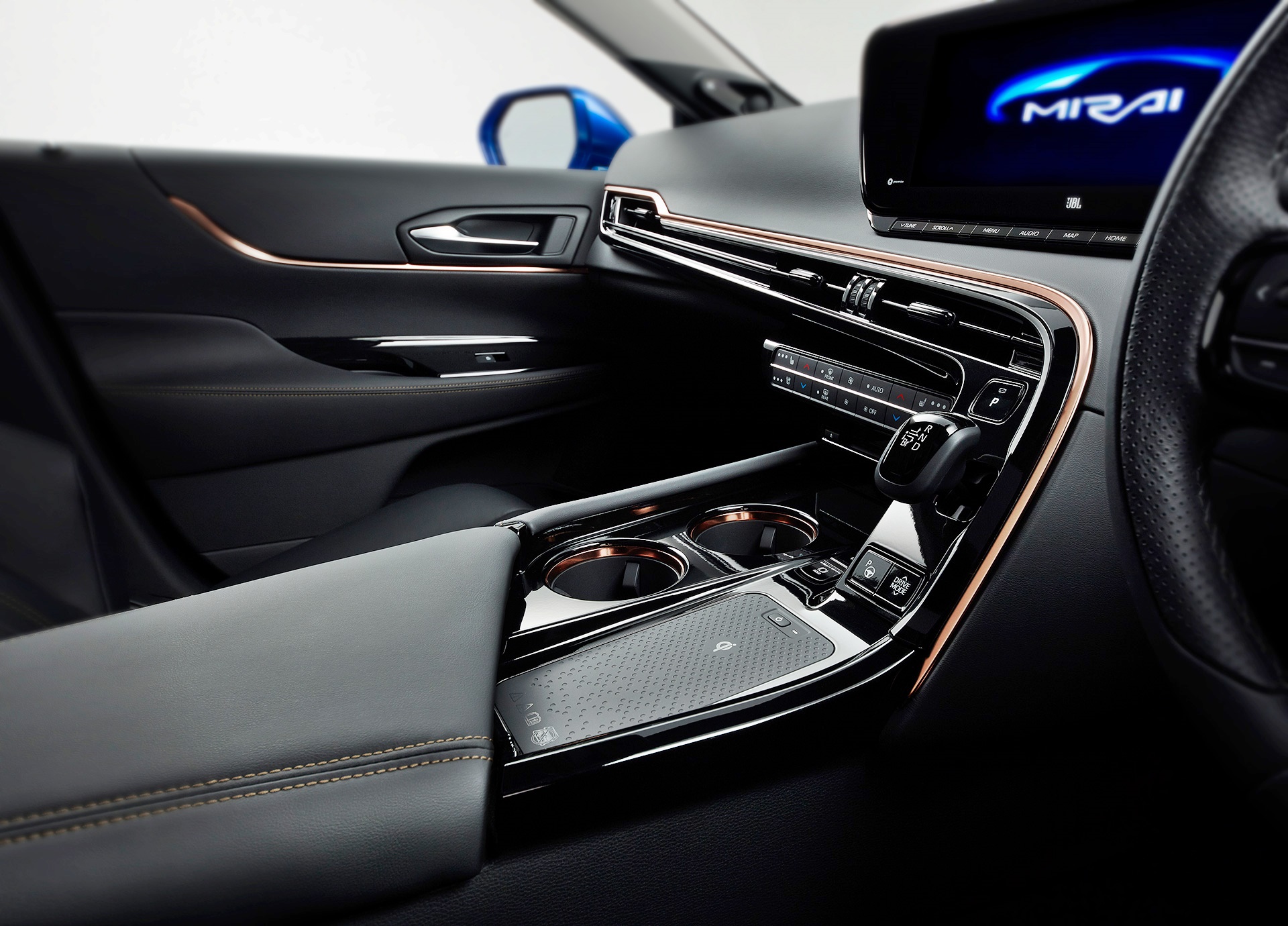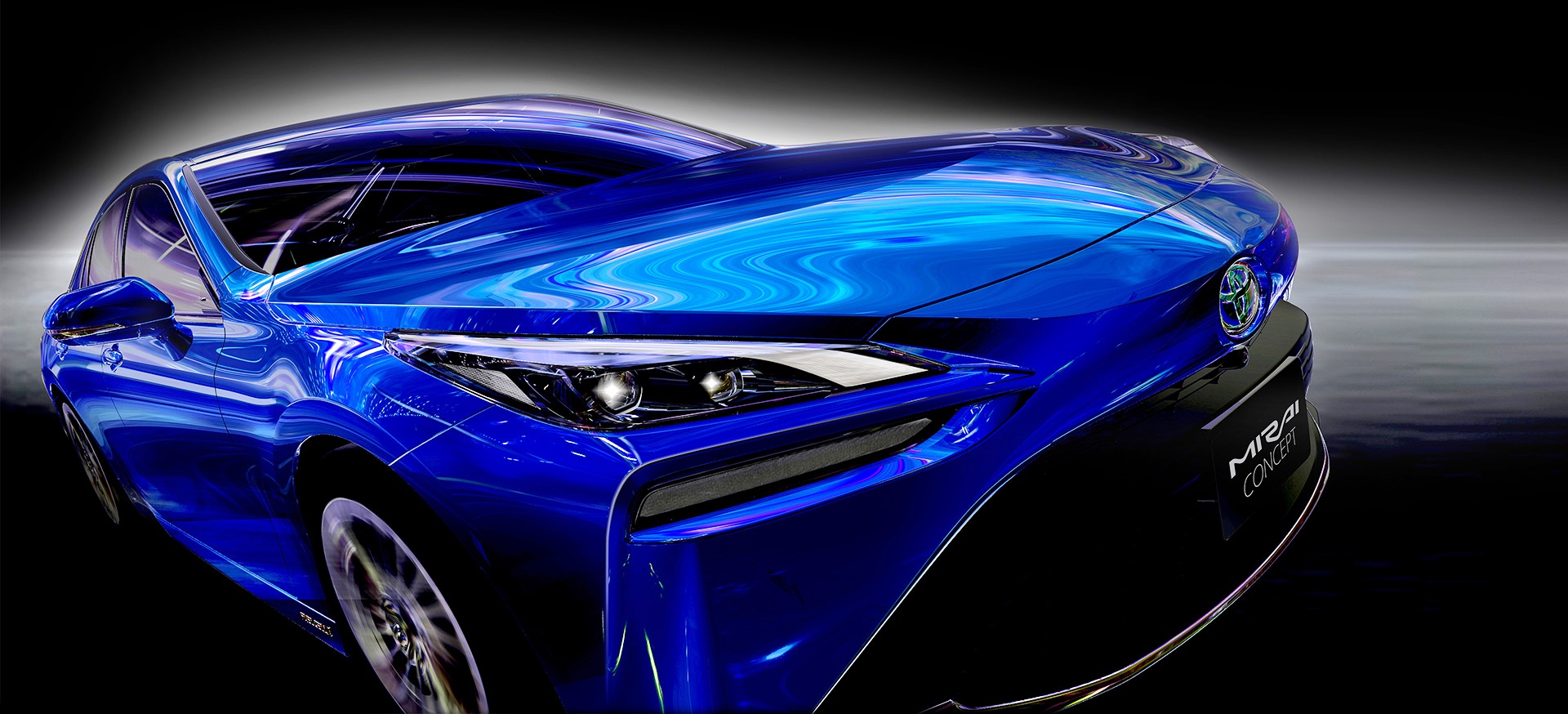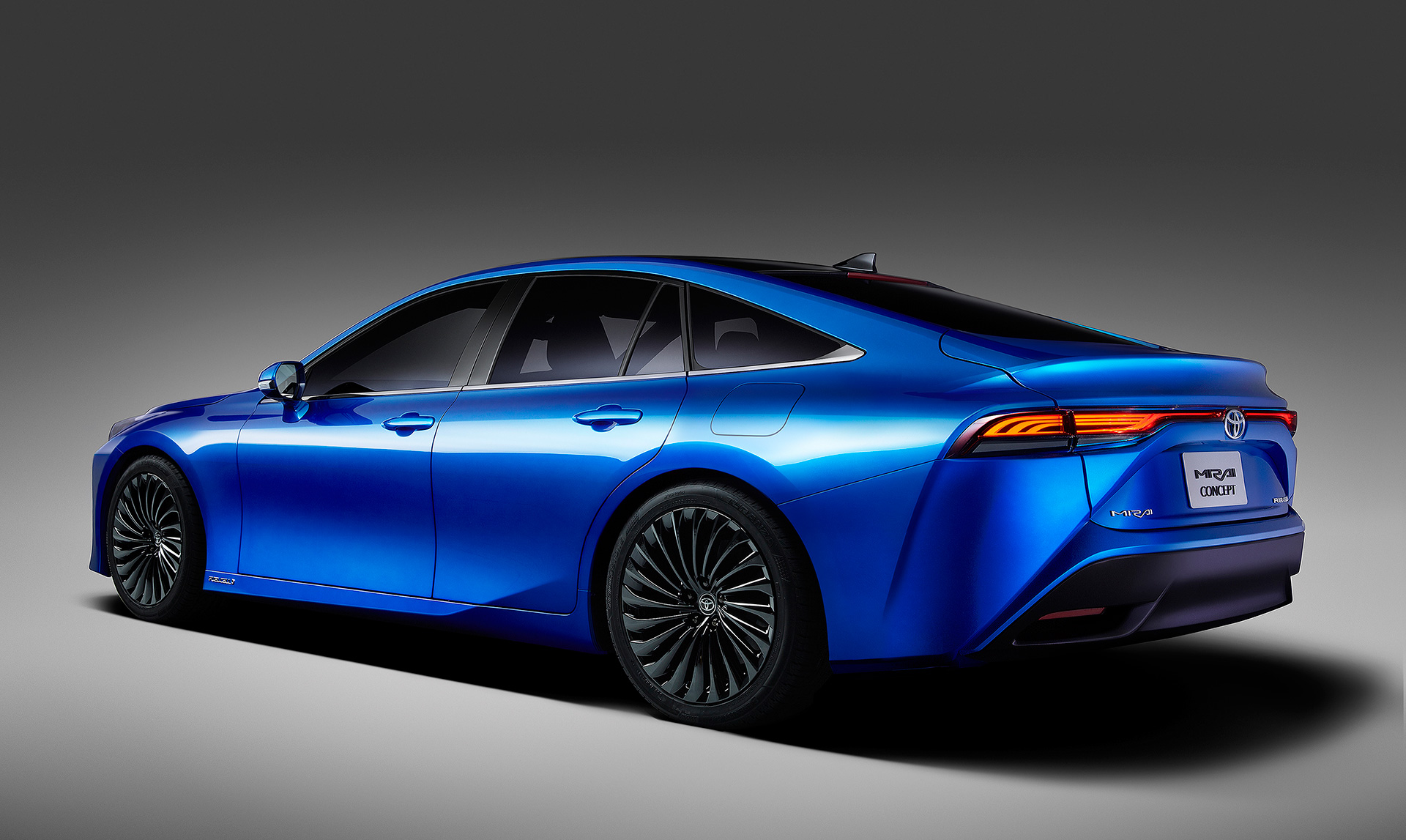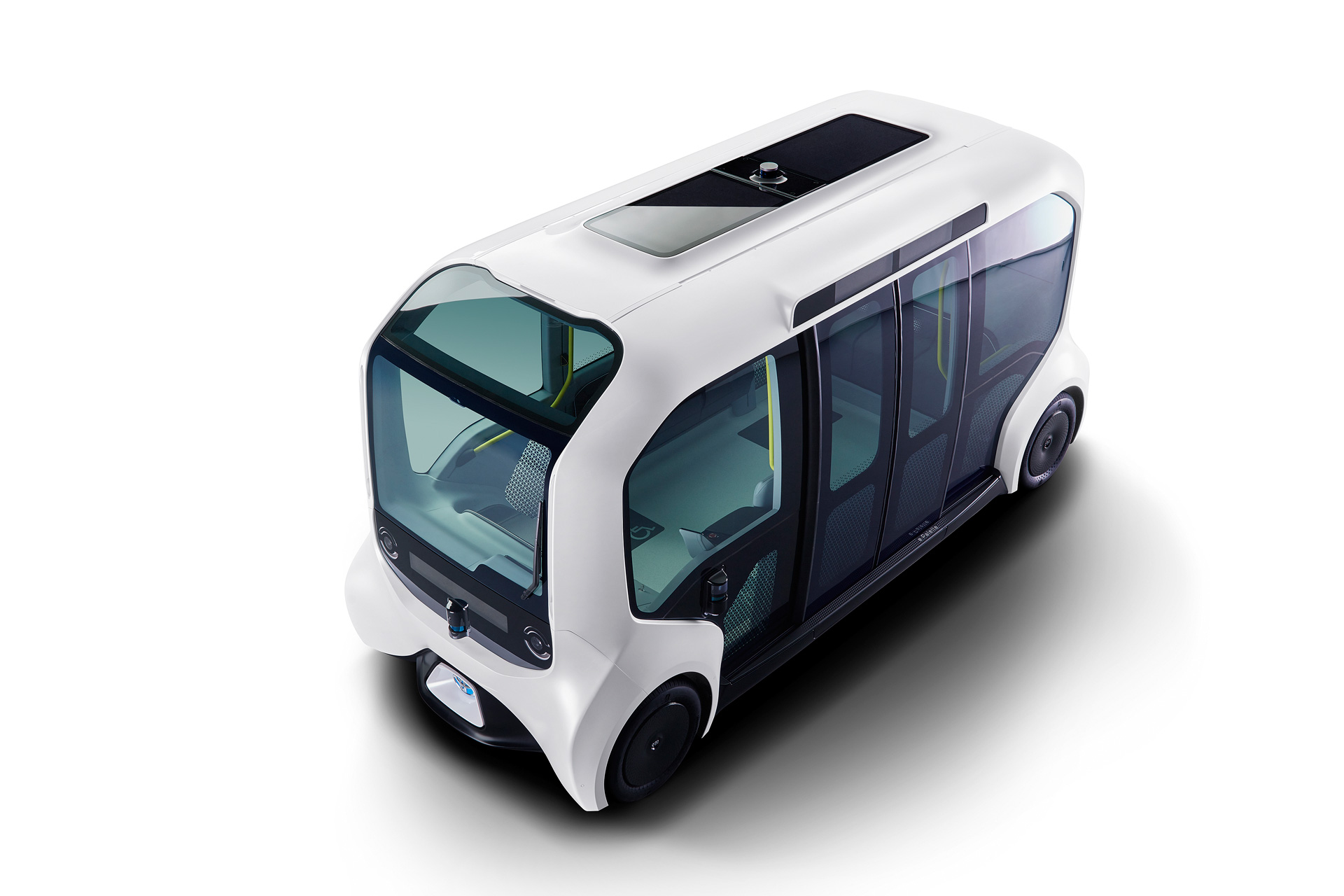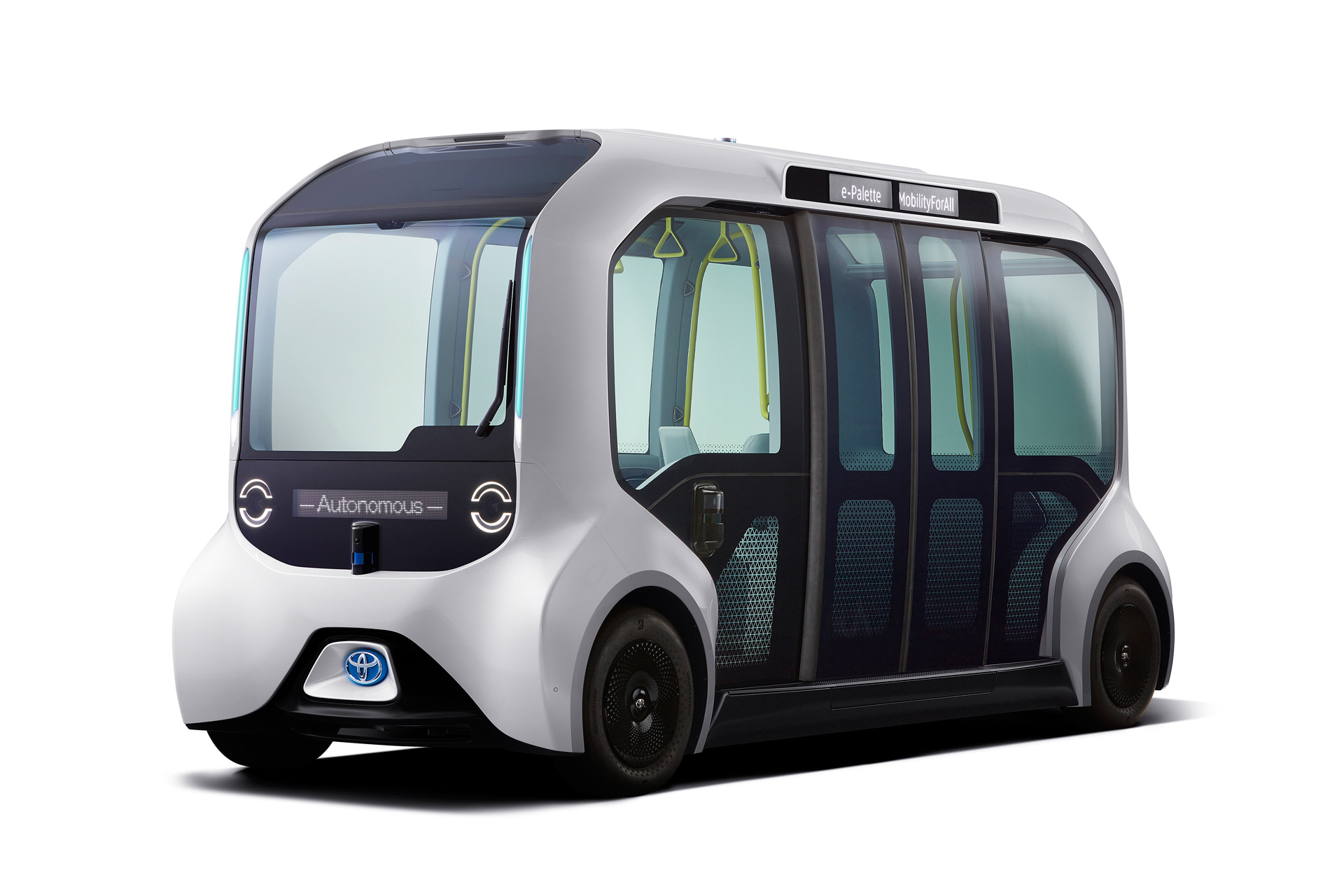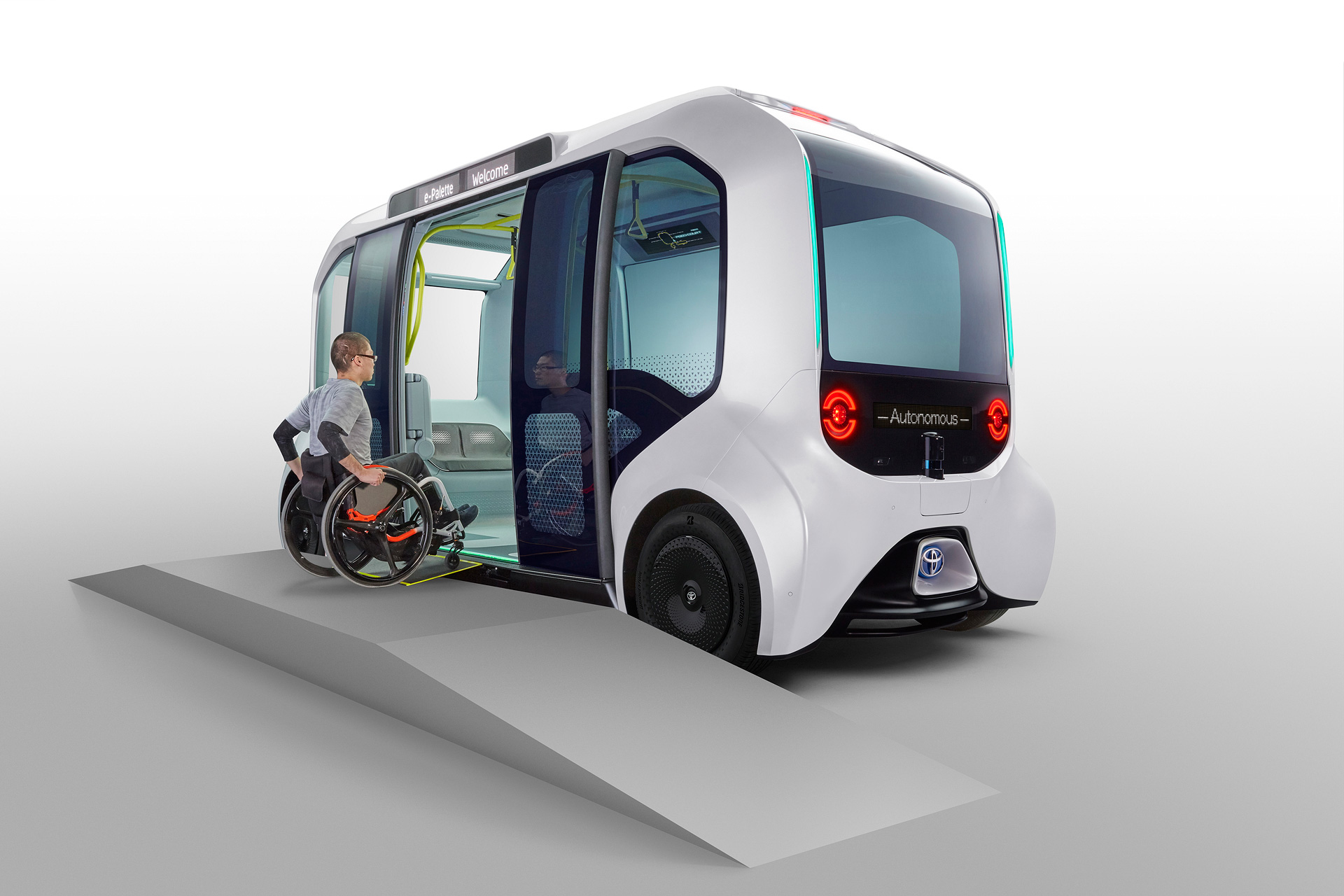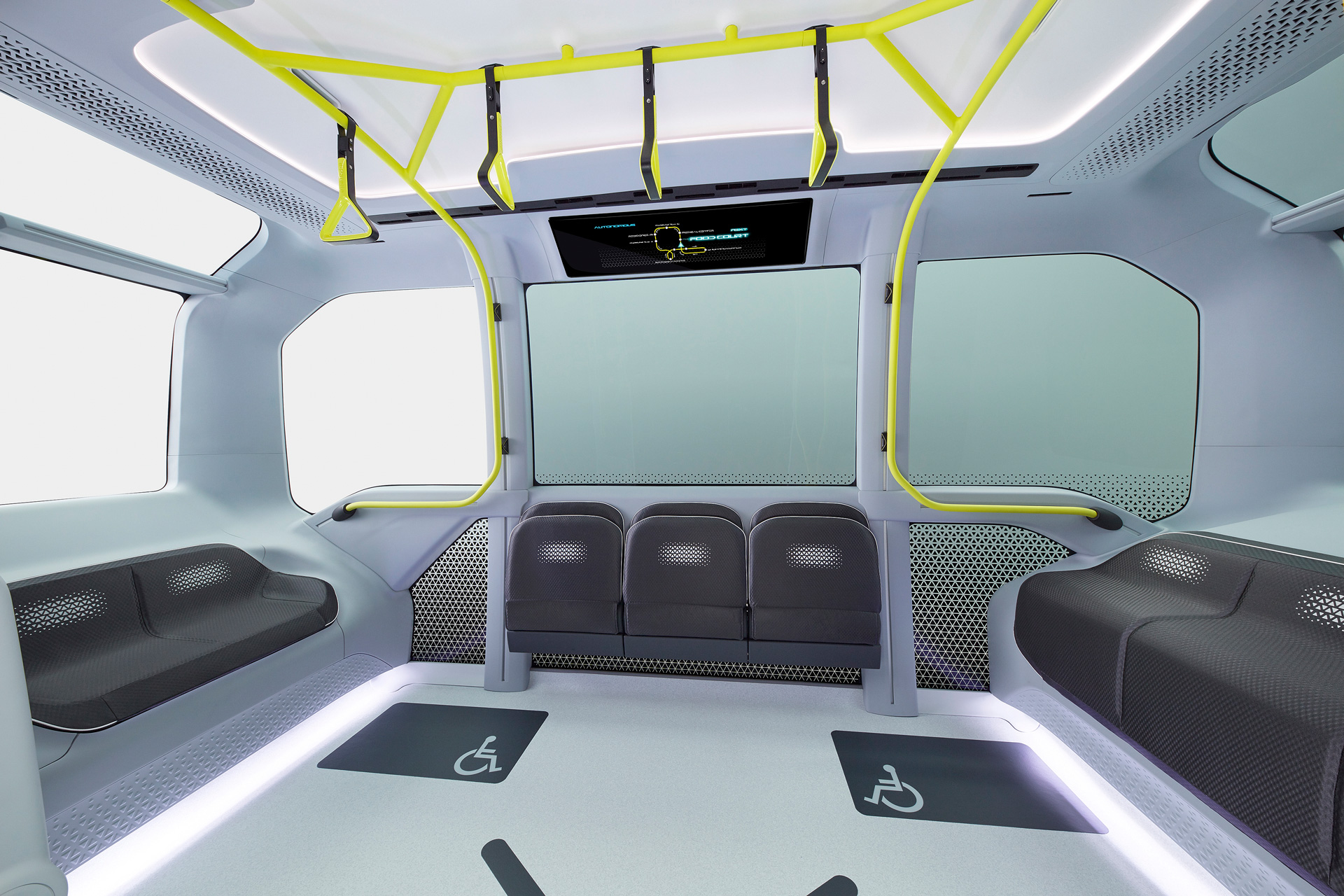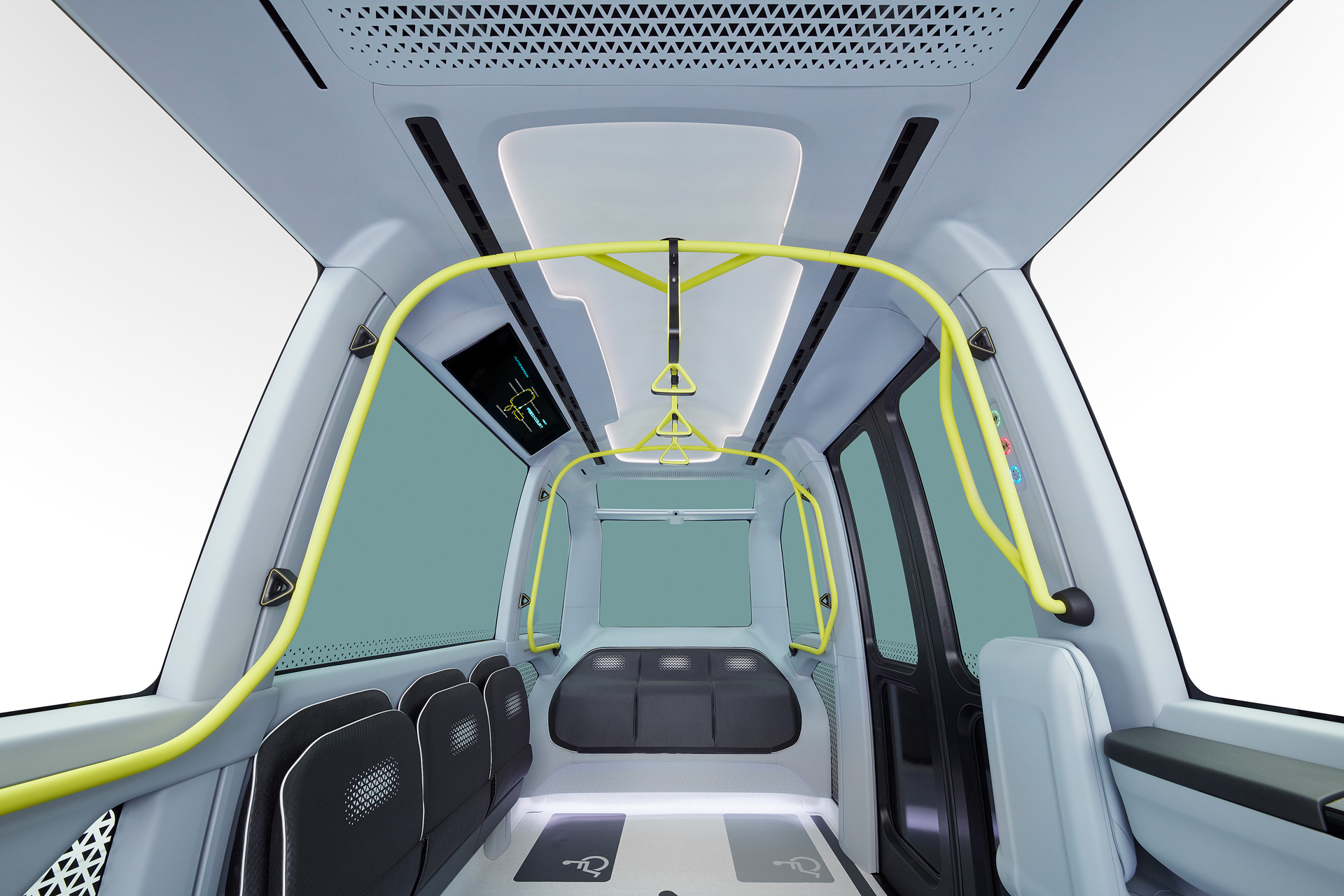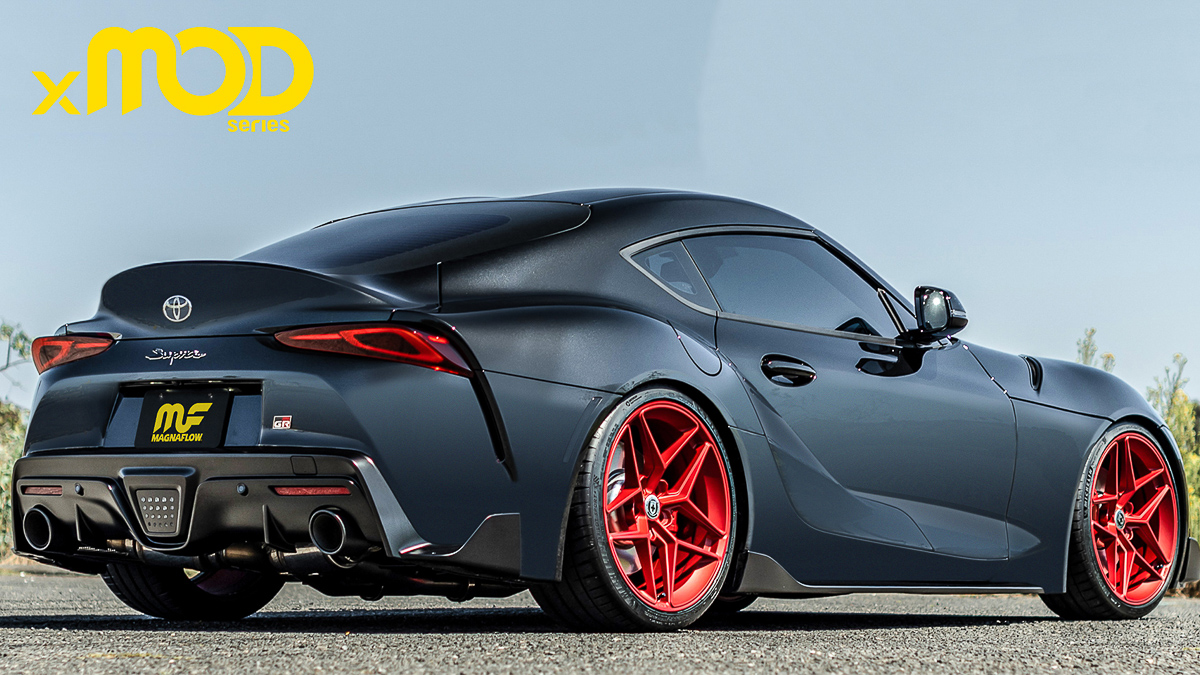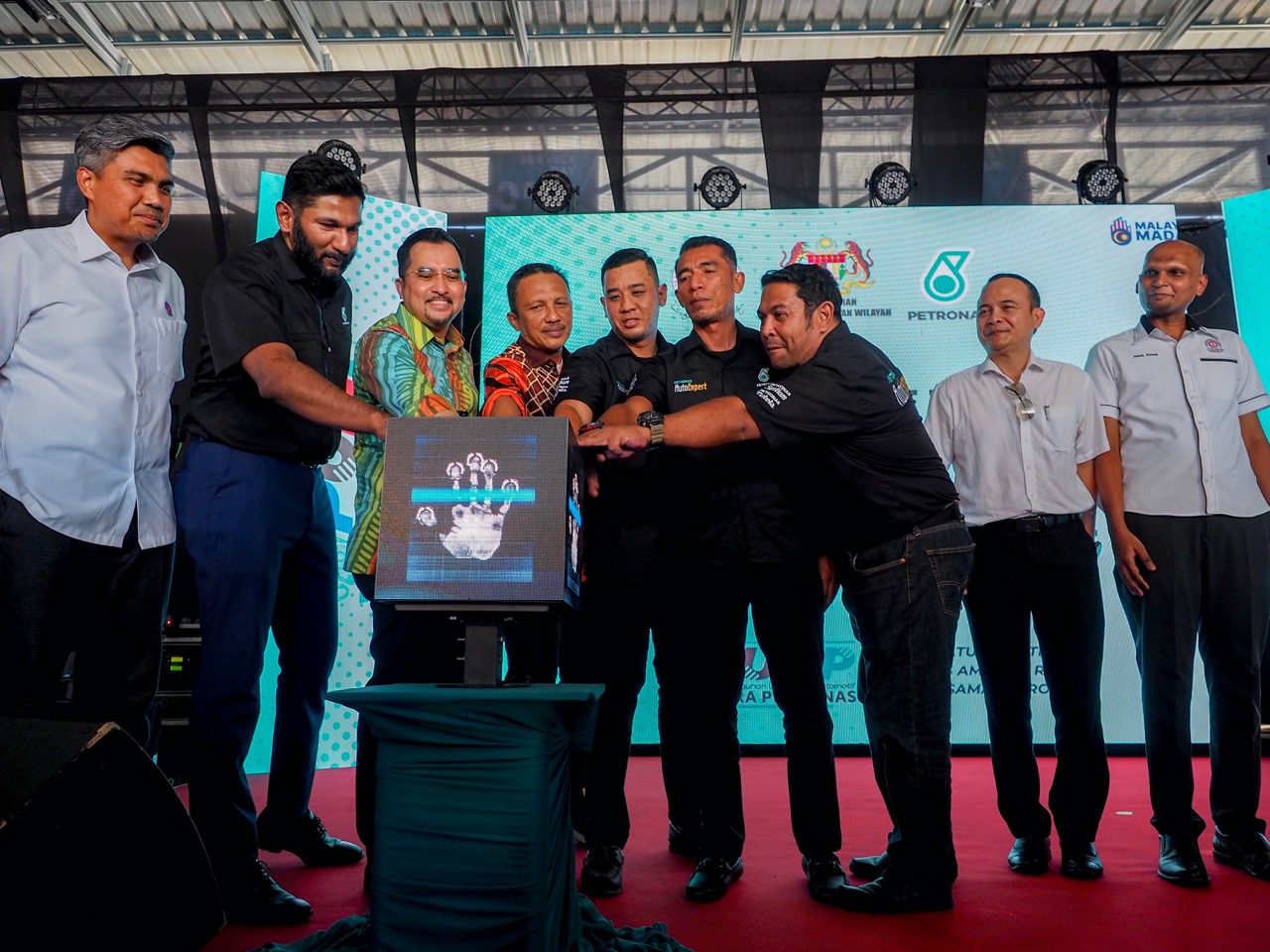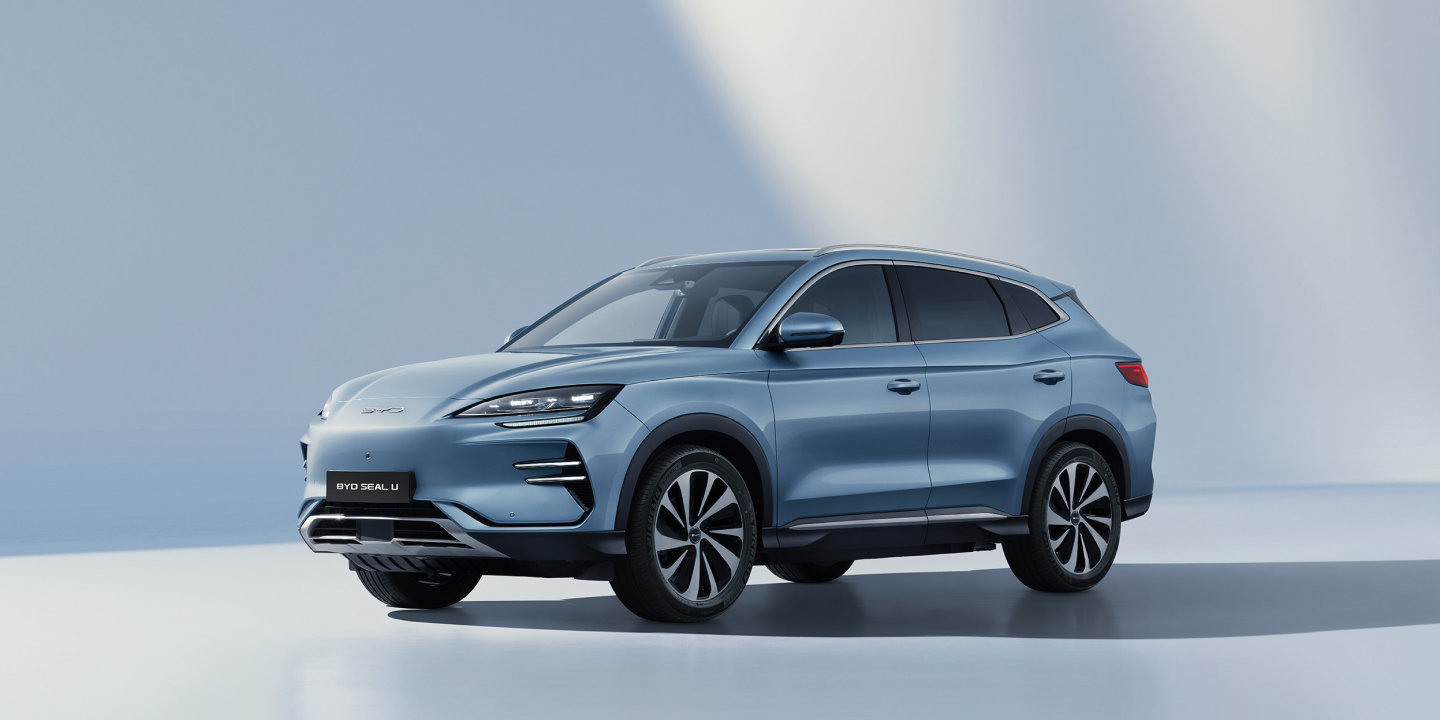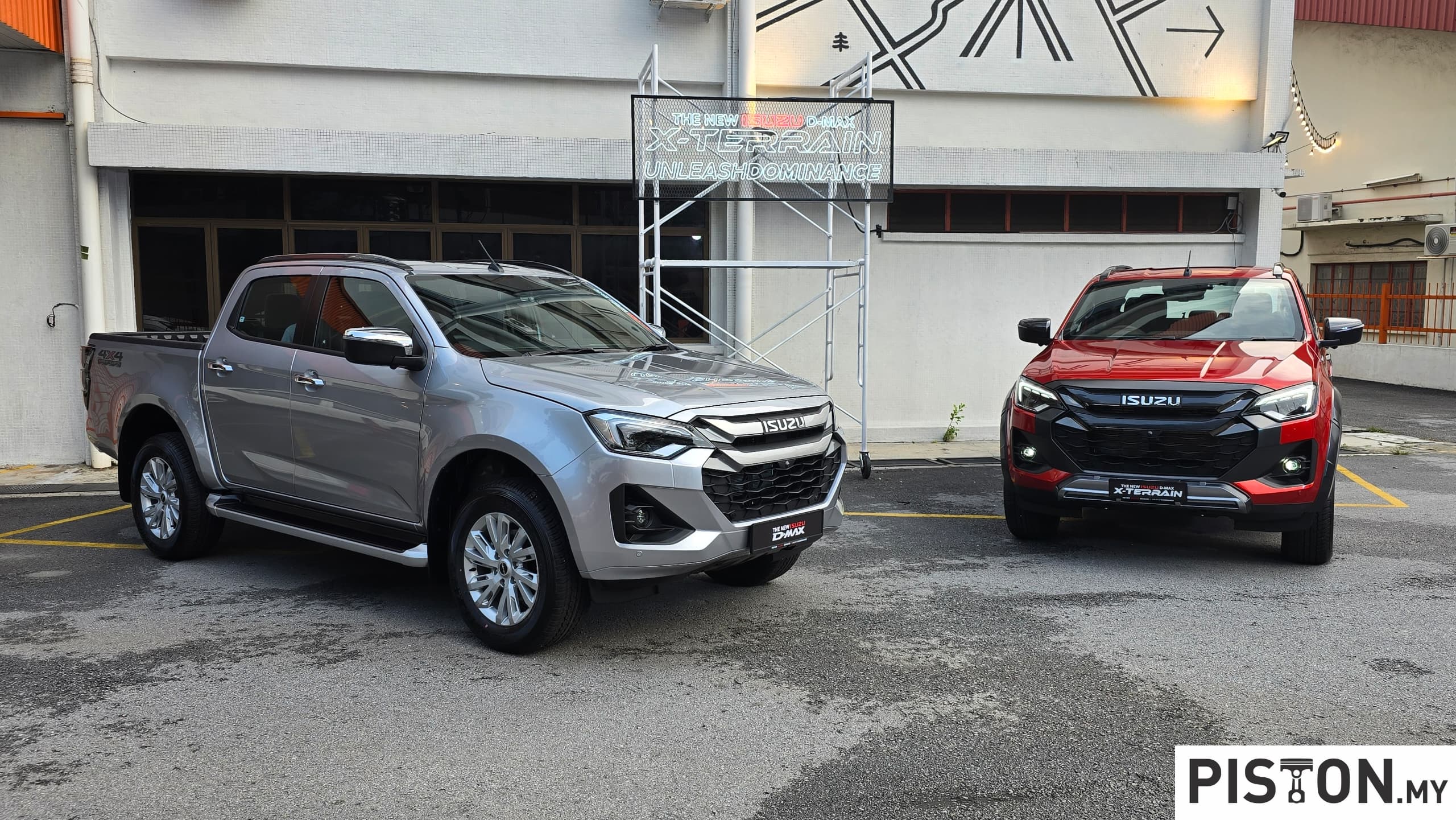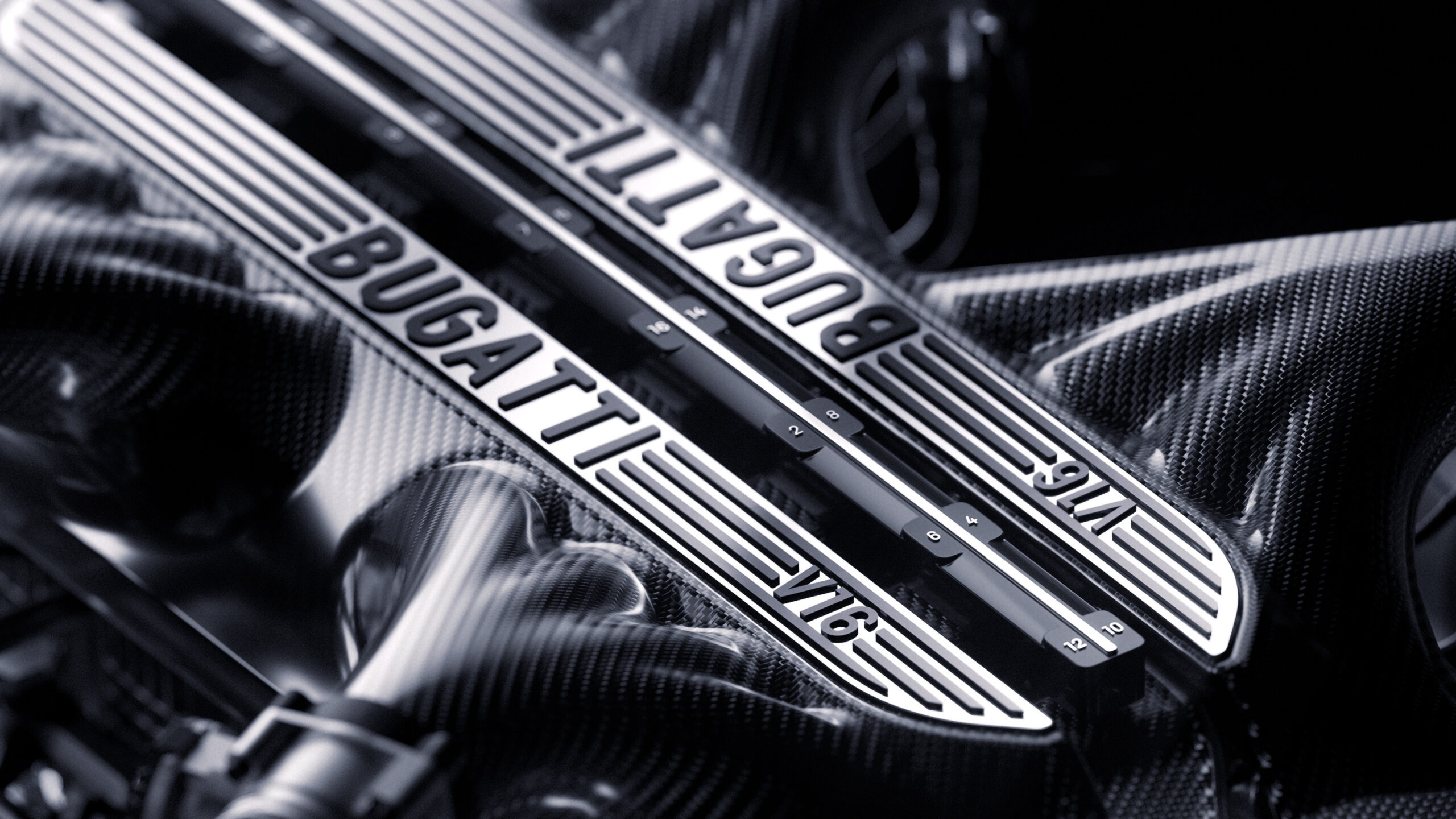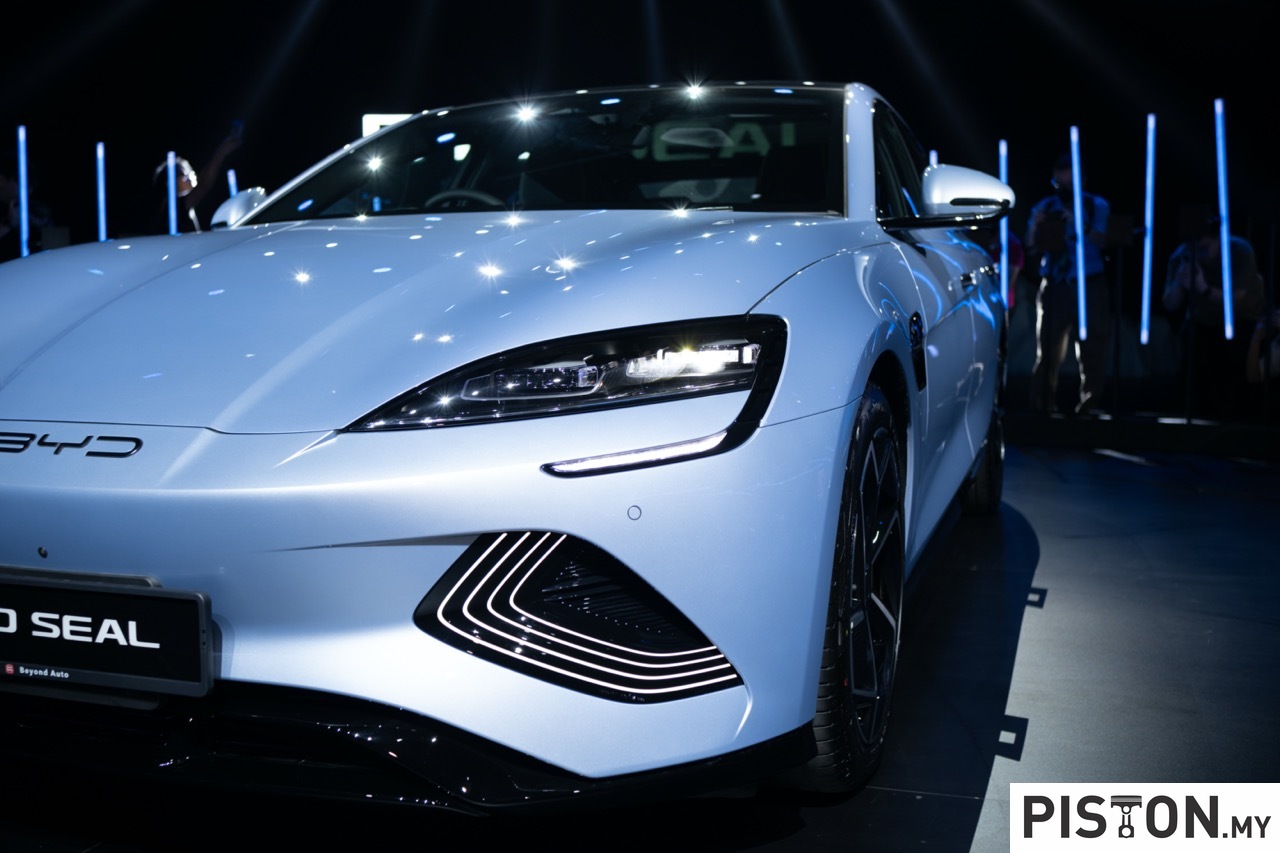Since 2001, UMW Toyota Motor Sdn. Bhd. (UMWT) and the Malaysian Ministry of Education have been jointly organizing the Toyota Eco Youth (TEY) Programme to educate Malaysian youth on the importance of conserving the environment and also inspire them to act responsibly towards the environment, ensuring a sustainable future.
The programme, one of UMWT’s annual Corporate Social Responsibility activities, aims to cultivate environmental awareness and instill good environmental habit in young Malaysians as they are the future caretaker of the environment.
“Our corporate social responsibility is to help educate and instill love and care for the environment in the nation’s youth.”
Ravindran K., President of UMW Toyota Motor
In its 19th edition this year, TEY carries the theme ‘Be the Superhero to Save the World’. It incorporates elements from the Toyota Environmental Challenge 2050, a global initiative by Toyota Motor Corporation which aimed at going beyond zero environmental impact.
“Our business is not just confined to make ever better products that are safe and environmentally friendly. We also see it as our corporate social responsibility to help educate and instill love and care for the environment in the nation’s youth. One of the initiatives is the Toyota Eco Youth programme which have been running since 2001,” said Ravindran K., President of UMW Toyota Motor.
This year, 12 secondary schools from around Malaysia participated in the programme which began in August this year. Students and teachers from the schools attended a 3-day ‘boot to learn Toyota’s 8-Step Problem-Solving Methodology. This is an approach practiced by UMWT employees to solve various types of problems, including those involving the environment.
Each school received a RM2,000 grant to kick off their project. Drawing on what they had learnt, they had to go through a market validation phase where their ideas – in the form of a product or service – were implemented and tested with the community of choice, impacting the beneficiaries.
In the final phase, each team made their final presentation and pitched their ideas to a panel of judges comprising representatives from UMWT, the Ministry of Education and myHarapan. After reviewing each presentation carefully, the best submissions by 4 schools were announced with SMK Tamparuli from Sabah picked as the Champion.
For their impressive efforts, they received prizes ranging from RM10, 000 for the Champion; RM7, 000 for second prize; RM5, 000 for third prize and RM3, 000 for the fourth prize. There was also a consolation prize of RM1, 000 as well as other prizes of RM500 each for the best video presentation and best-supporting teacher.
To date, UMWT has spent almost RM7 million on the TEY programme which has seen participation of 258 schools and 2,000 students. Commenting on the achievement of the TEY, Mr. Ravindran said it is clear that continuation of the programme can help in environment-related issues that affect not just today’s generation but also those in the future.
“We will certainly continue to run the TEY annually and as we gain feedback and experience each year, the programme will evolve accordingly so that it addresses appropriate issues,” he said.
Visit www.toyota.com.my to read more about UMW Toyota Motor’s other CSR activities.




